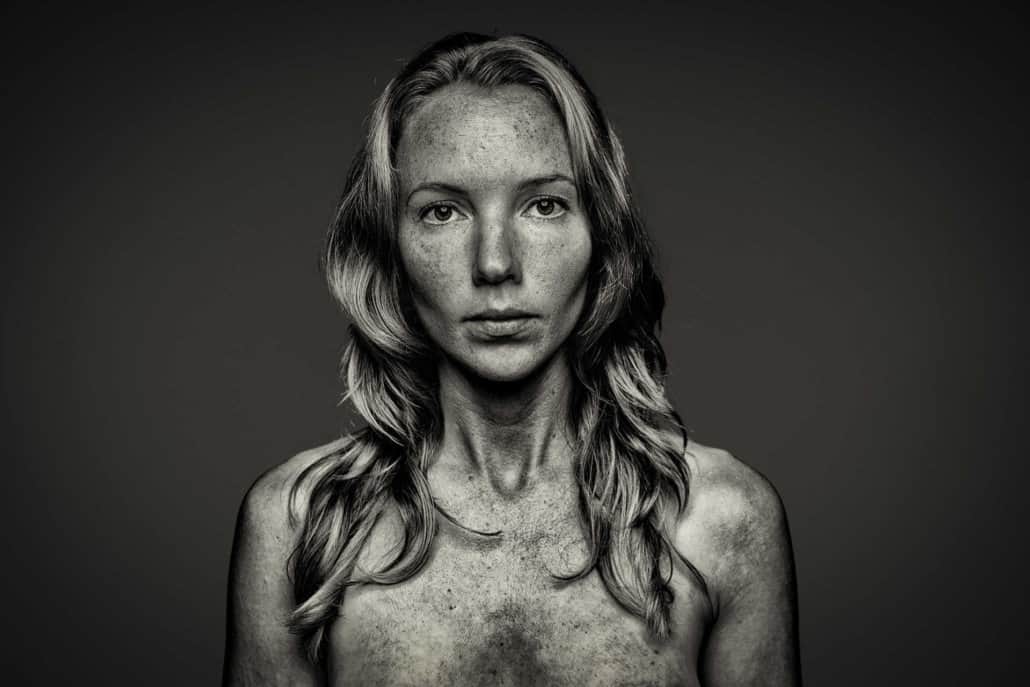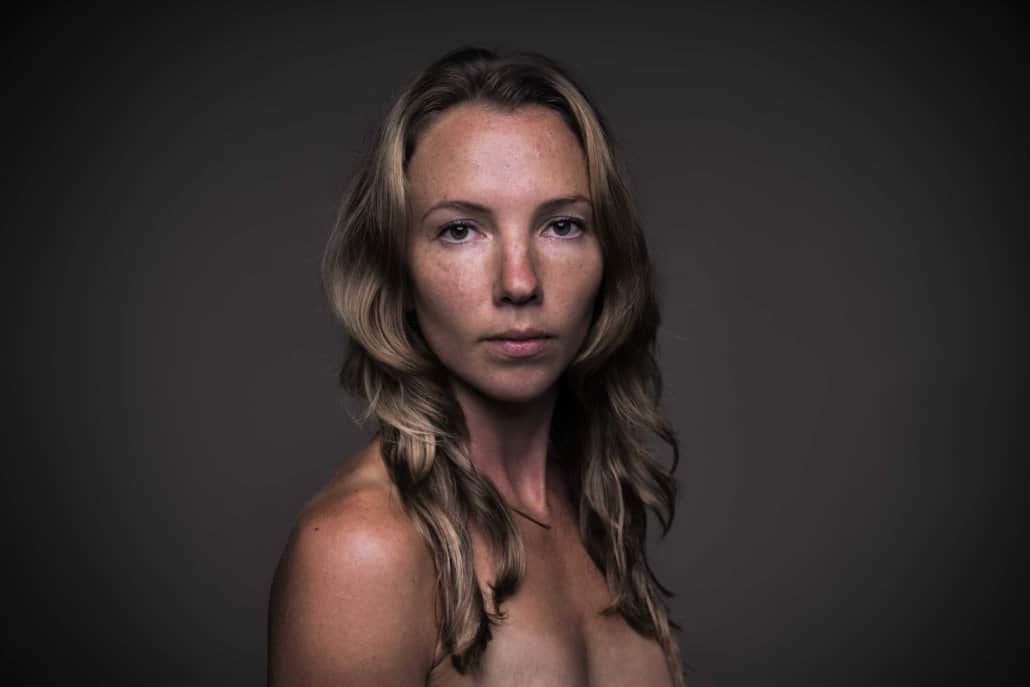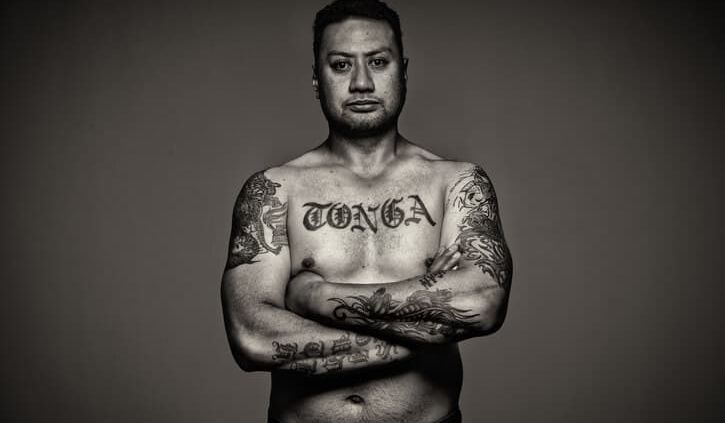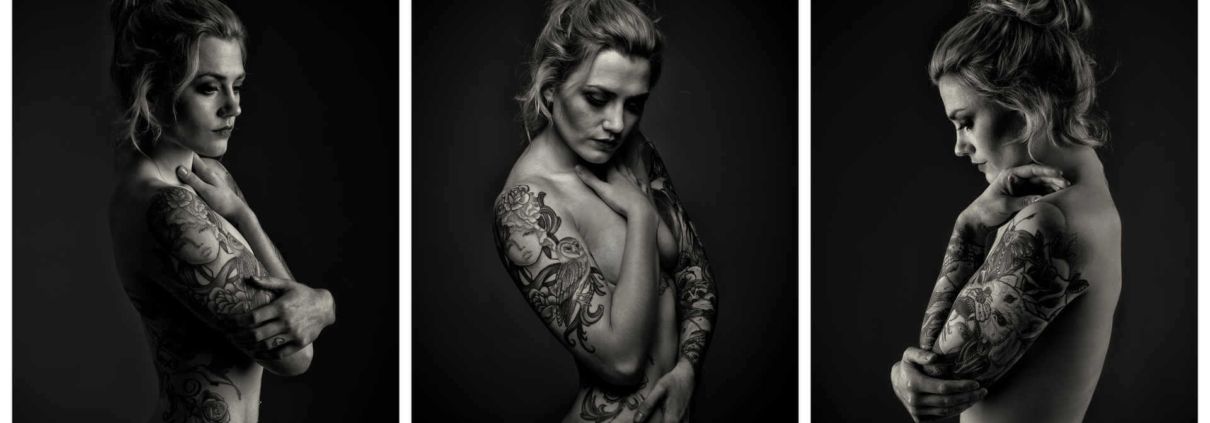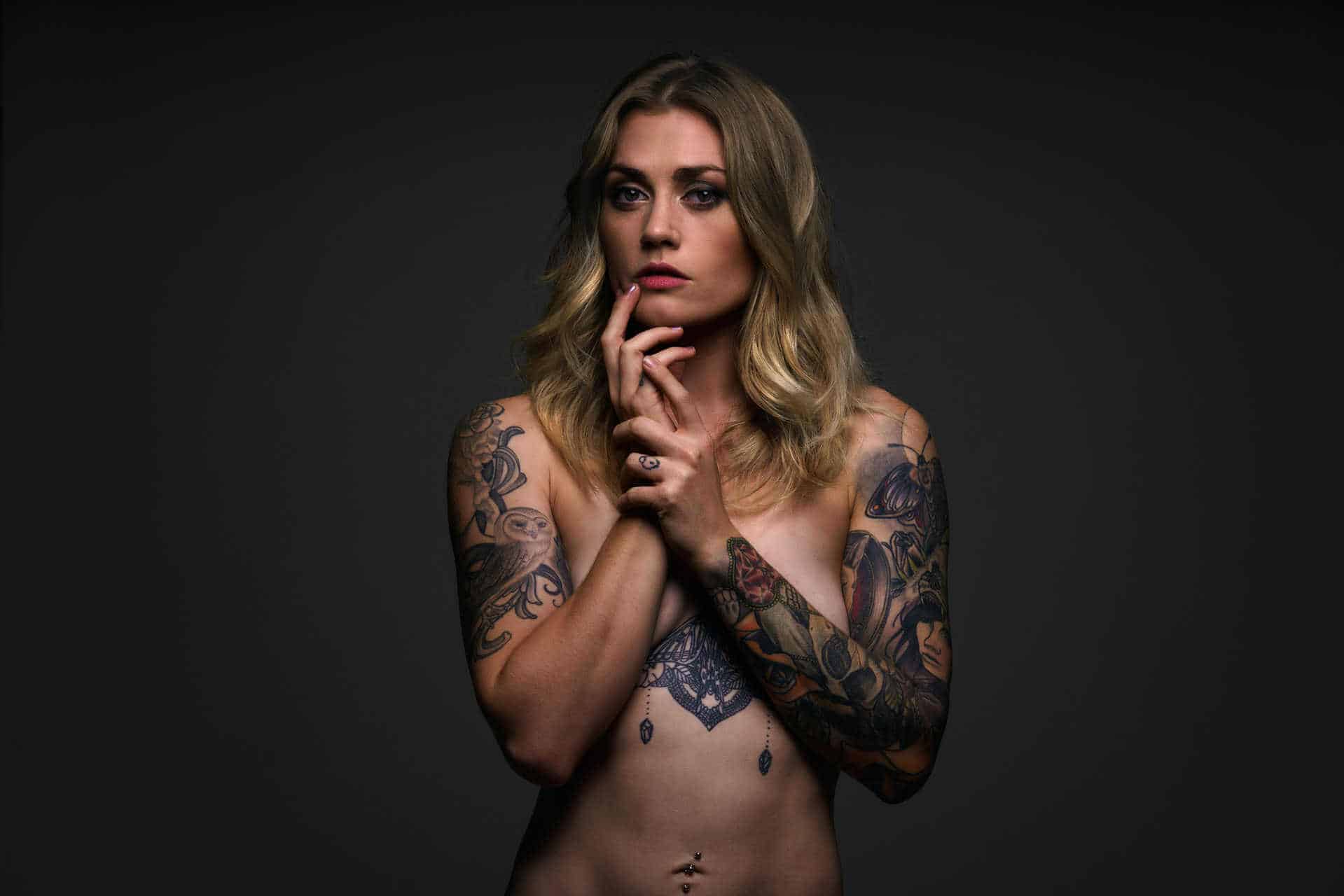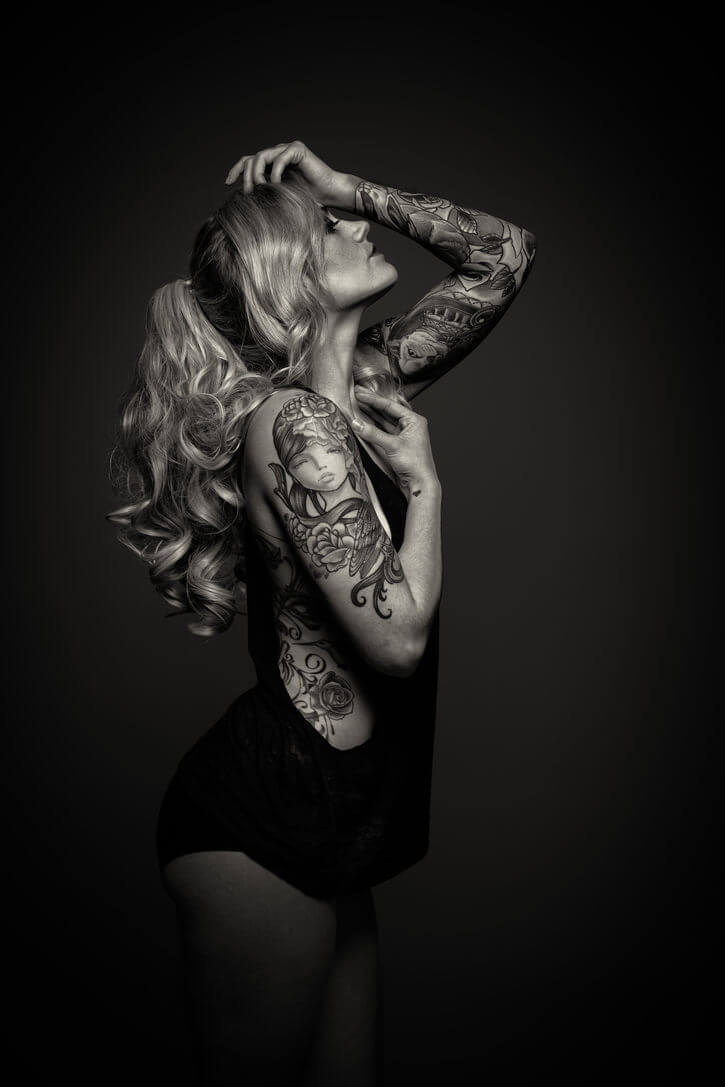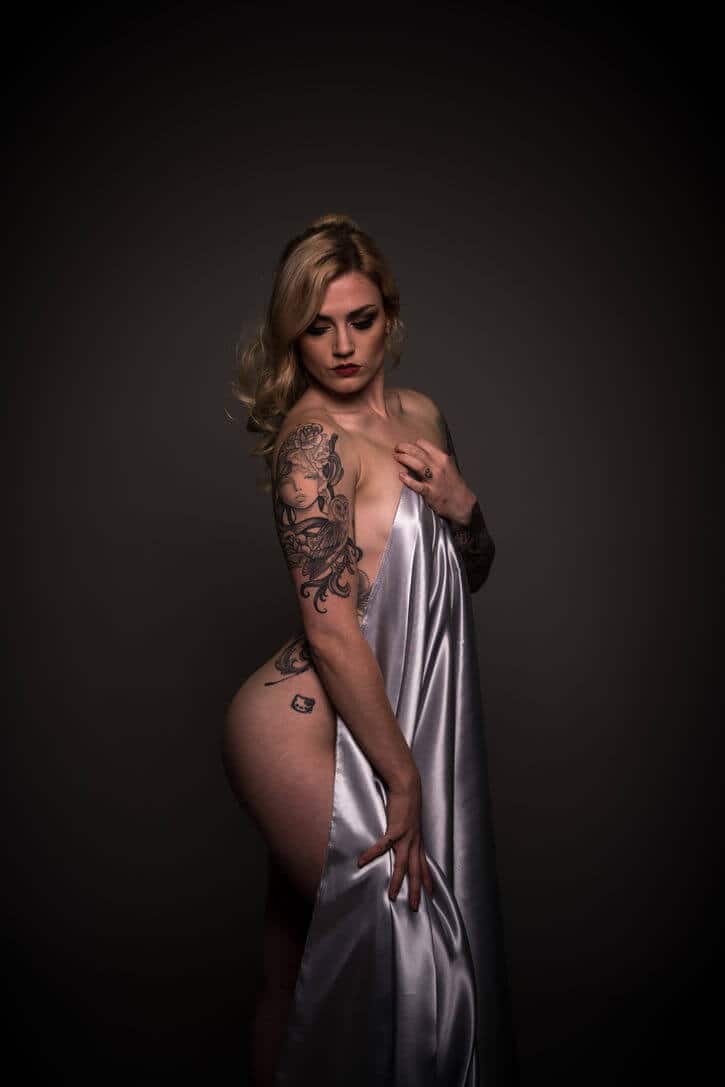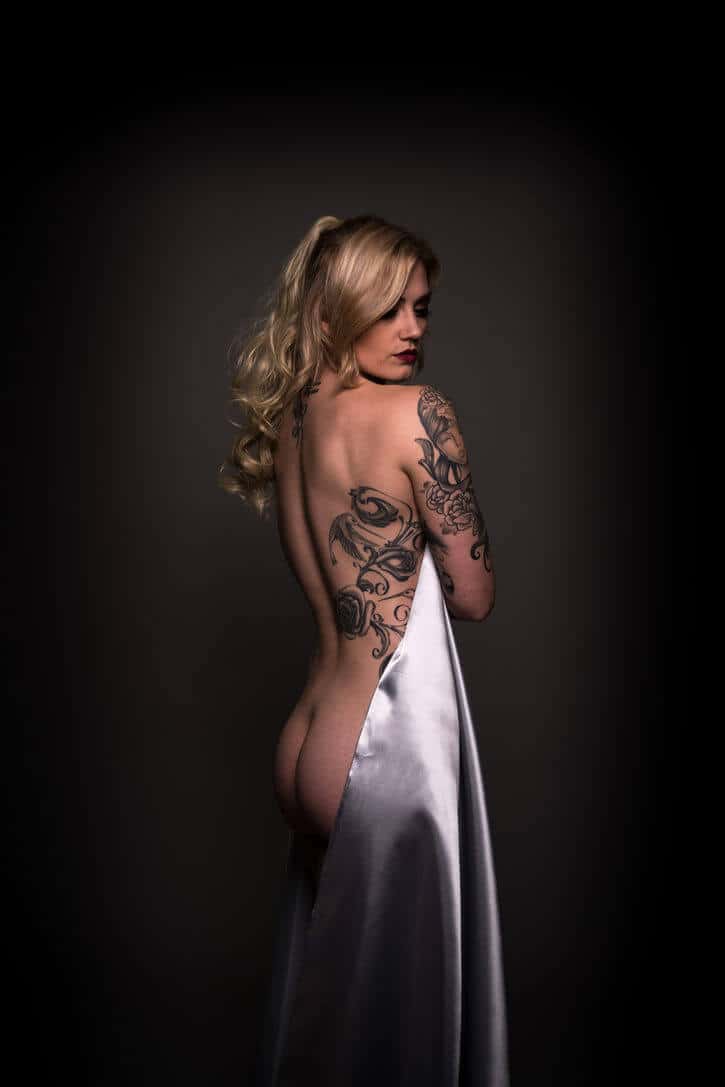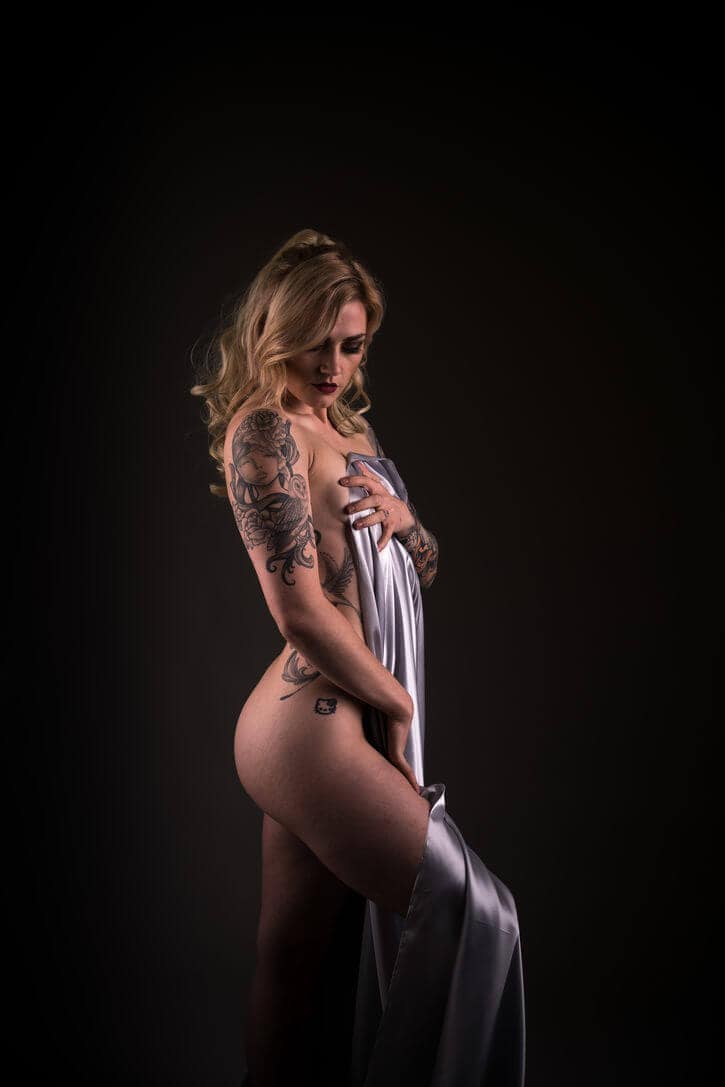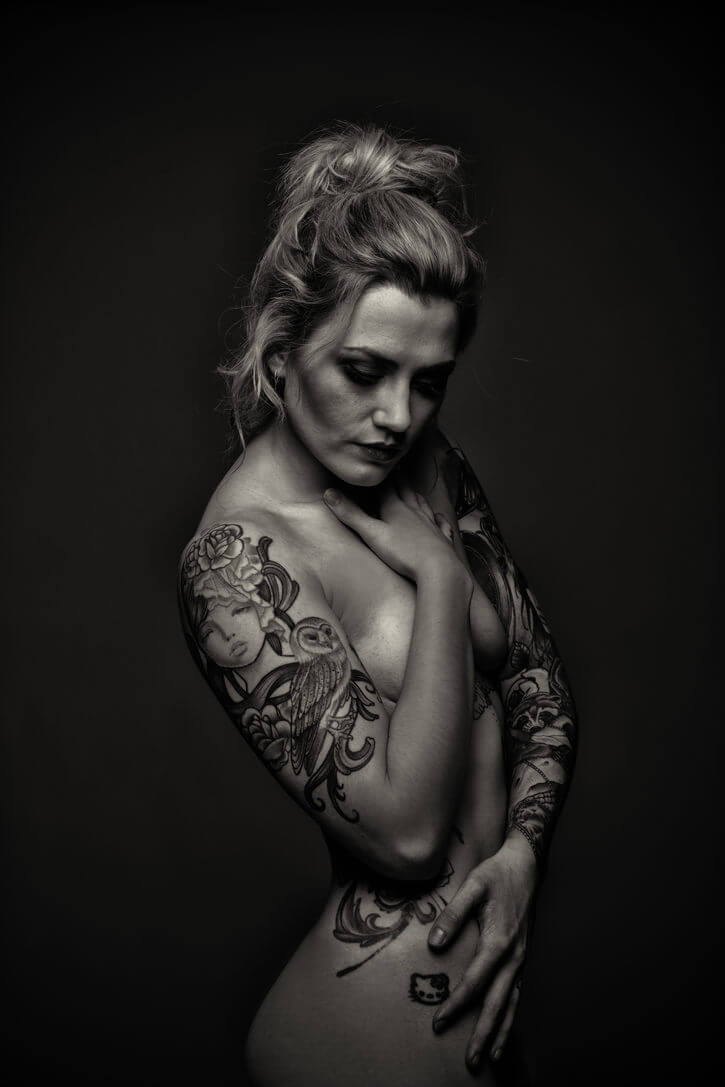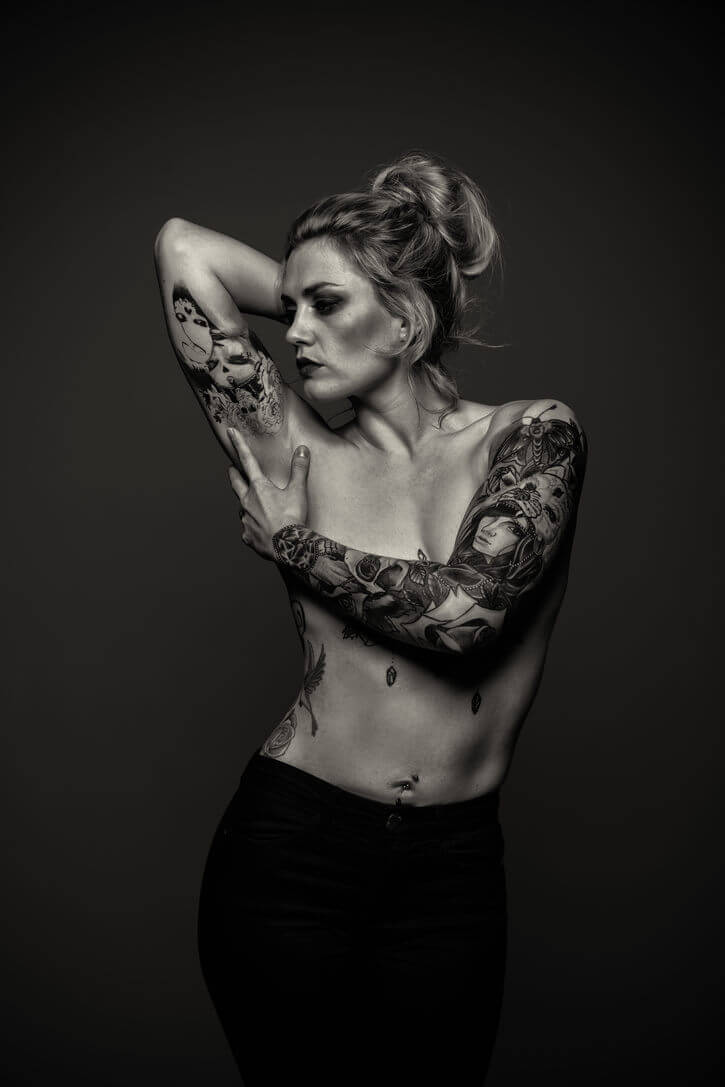A former drug addict, a burns victim and a burly builder are hardly typical male models.
But these men – and around 100 more – are the subjects of an Auckland photographer’s latest exhibition.
Ilan Wittenberg began his project, Bare Truth, a year ago, with an idea to portray New Zealand men as they truly are.
Bare-chested, blemished, scarred, and tattooed, the men’s histories are etched on their skin. One of the men had received skin grafts as a child – a pot of boiling jelly had ended up on his chest. Another has a prayer inked onto his arm.
“It’s interesting where people find strength,” Wittenberg says.
At first, his subjects were friends and family (Wittenberg’s 21-year-old son is among the men featured in the exhibition).
But as his collection and his confidence grew, Wittenberg began approaching strangers on the street. Market-goers, roadworkers, hedge-trimmers – any man who looks like he might have a story to tell.
“Out of every 10, four say ‘no’, four say ‘maybe’, two say ‘yes’, and one shows up.”
Wittenberg spent an hour speaking with the men before they went in front of the camera, asking them about their families, jobs, and the tales behind their tattoos.
The first photograph was of a friend who’d resisted participating in the project until the day before he departed New Zealand forever.
“He wasn’t very tidy – not scruffy, but he didn’t take great care of himself,” Wittenberg says of the man.
“In the photograph, you will see he puts his hand up to chest and he touches his heart… he has a little bit of sadness in his eyes.
“I thought, ‘this is real’.”
Wittenberg has about 100 photographs in the Bare Truth collection. Each of his subjects received an A4 copy of their photo, as thanks.
Some of the men were happy with the result, others felt confronted by the image.
“They didn’t actually show it to their wives, because they never saw themselves that way,” Wittenberg says.
The series is inspired by the work of famed photographers Robert Mapplethorpe and Platon. Shot before a blank background and converted into monochrome, the photographs depict a stark spectrum of Kiwi masculinity.
“When people look straight into the camera they actually look at the person on the other side, they look at the person who views them, and you can read their eye, you can actually see their soul – that’s what I felt.”
Bare Truth is Wittenberg’s third exhibition this year, showing in Sydney earlier this month, and in Auckland in June.
While images of topless women have become cliches of Western society, there’s something about a photo of a shirtless man – unretouched – which makes observers take a closer look.
“We see thousands of photos every day – on social media, in magazines, on tv, on the internet, billboards – and we ignore…” Wittenberg says.
“If you go to an exhibition, it’s not like looking at something on the computer… you stand in front of a photograph… and you let it talk to you.”
Visitors to the Sydney exhibition offered a range of interpretations, Wittenberg says.
“They say this person is looking very confident, very strong. And that person looks a bit… shy, and that person looks dangerous like, I wouldn’t want to meet that guy down a dark alley or something like that.
“It’s so interesting how in a fraction of a second we judge other people, even when they’re not there, just based on their body language – their eyes, their shoulders.”
But Wittenberg hopes the exhibition will also raise awareness of men’s health issues. Without a shirt, it’s difficult to hide the hallmarks of past surgeries, or chemotherapy.
And the camera offers insight into the soul.
“When people look straight into the camera they actually look at the person on the other side, they look at the person who views them,” Wittenberg says.
“You can read their eye, you can see their soul – that’s what I felt.”
Wittenberg emigrated from Israel with his wife and two children in 2001. The North Shore resident had been working as a business analyst before he took up portrait photography full time in 2011.
While portraits pay the bills, the Bare Truth project was a labour done for love, not money.
Quoting business leader Stephen Covey, Wittenberg says: “We’re here to live, to laugh, to love and to leave a legacy.”
“We’re not getting any younger… my legacy is about pictures I do.”
Bare Truth will be exhibited at Northart gallery in Northcote, Auckland from June 5 – 22. Admission is free.
The exhibition will also feature in the 2016 Auckland Festival of Photography.
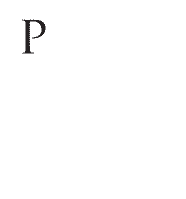

 (c) Ilan Wittenberg
(c) Ilan Wittenberg
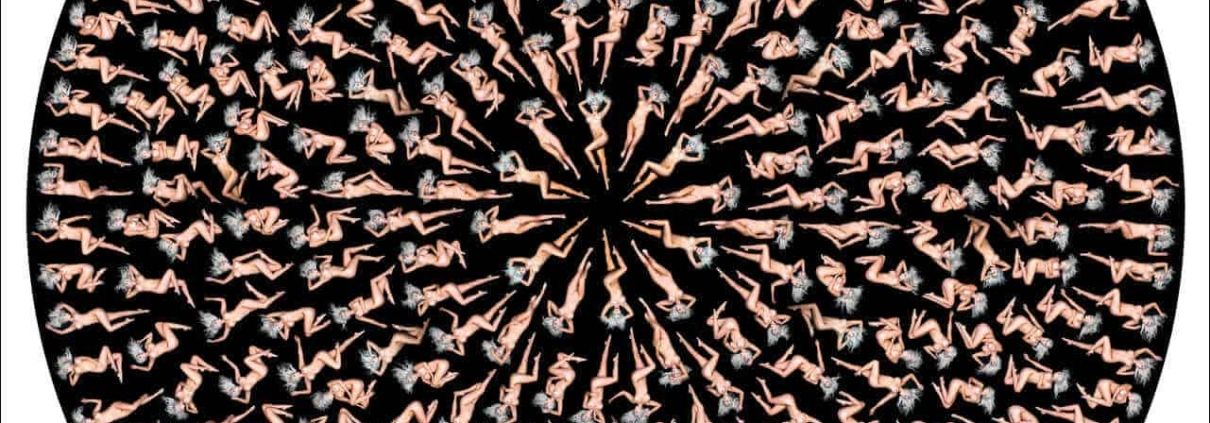 (c) Ilan Wittenberg
(c) Ilan Wittenberg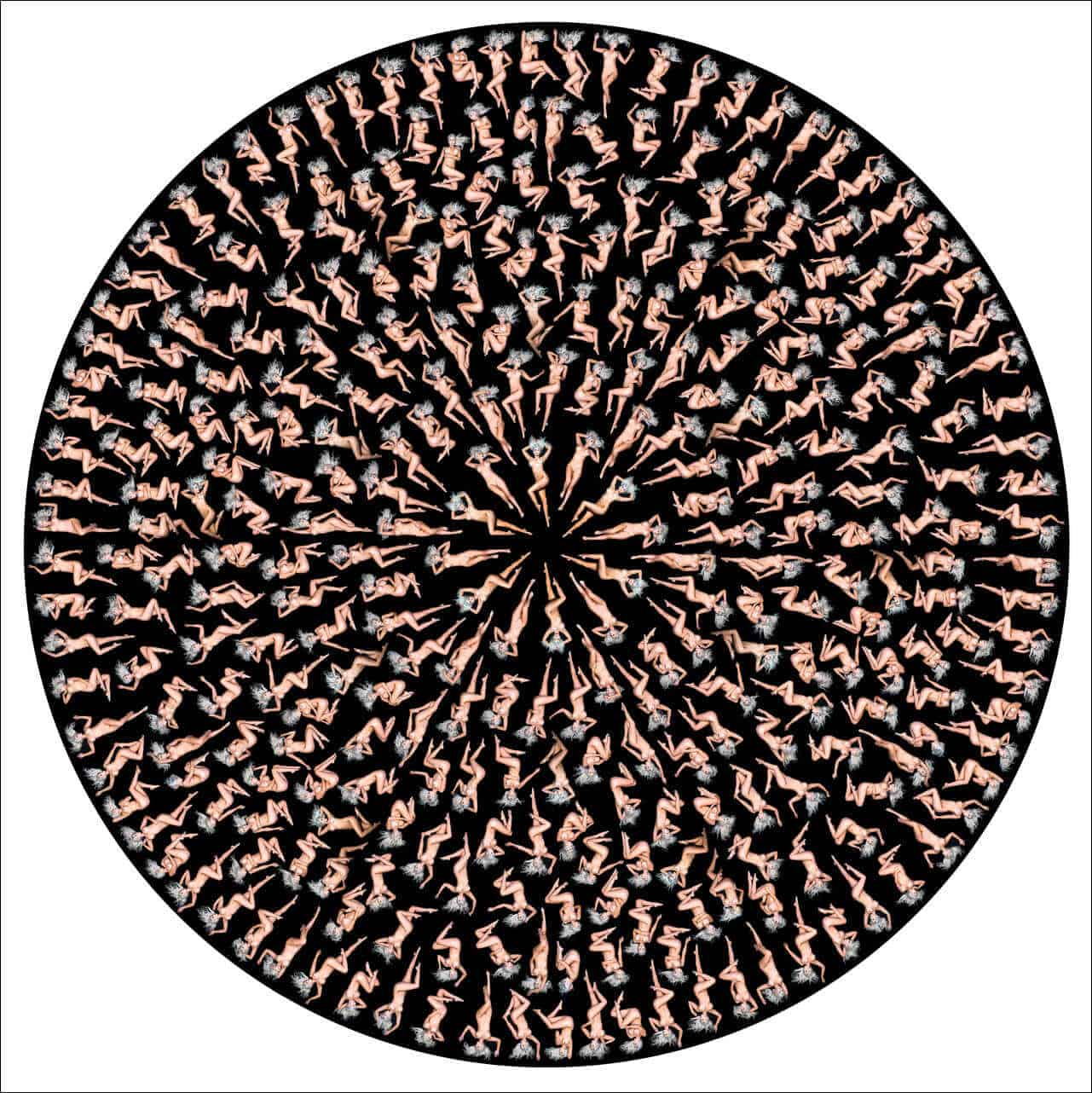
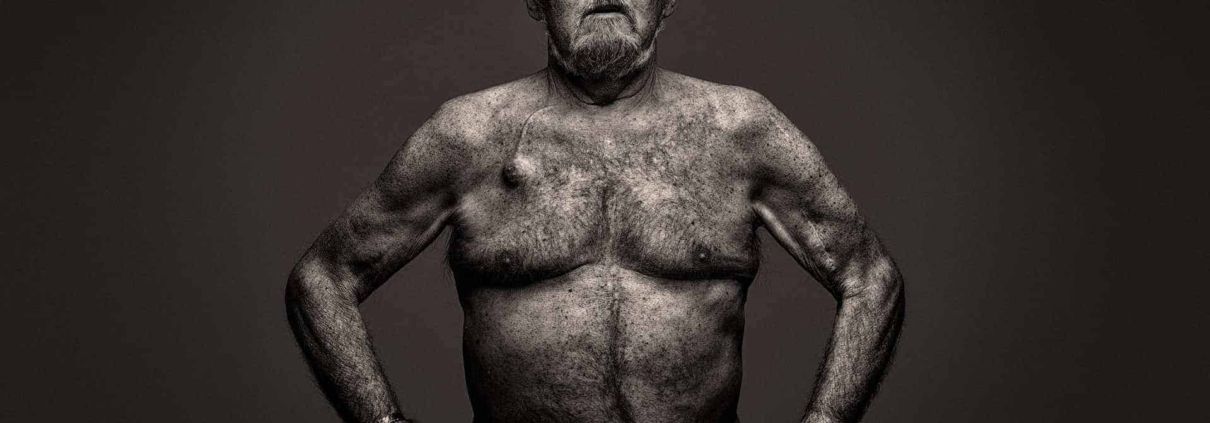 (c) Ilan Wittenberg
(c) Ilan Wittenberg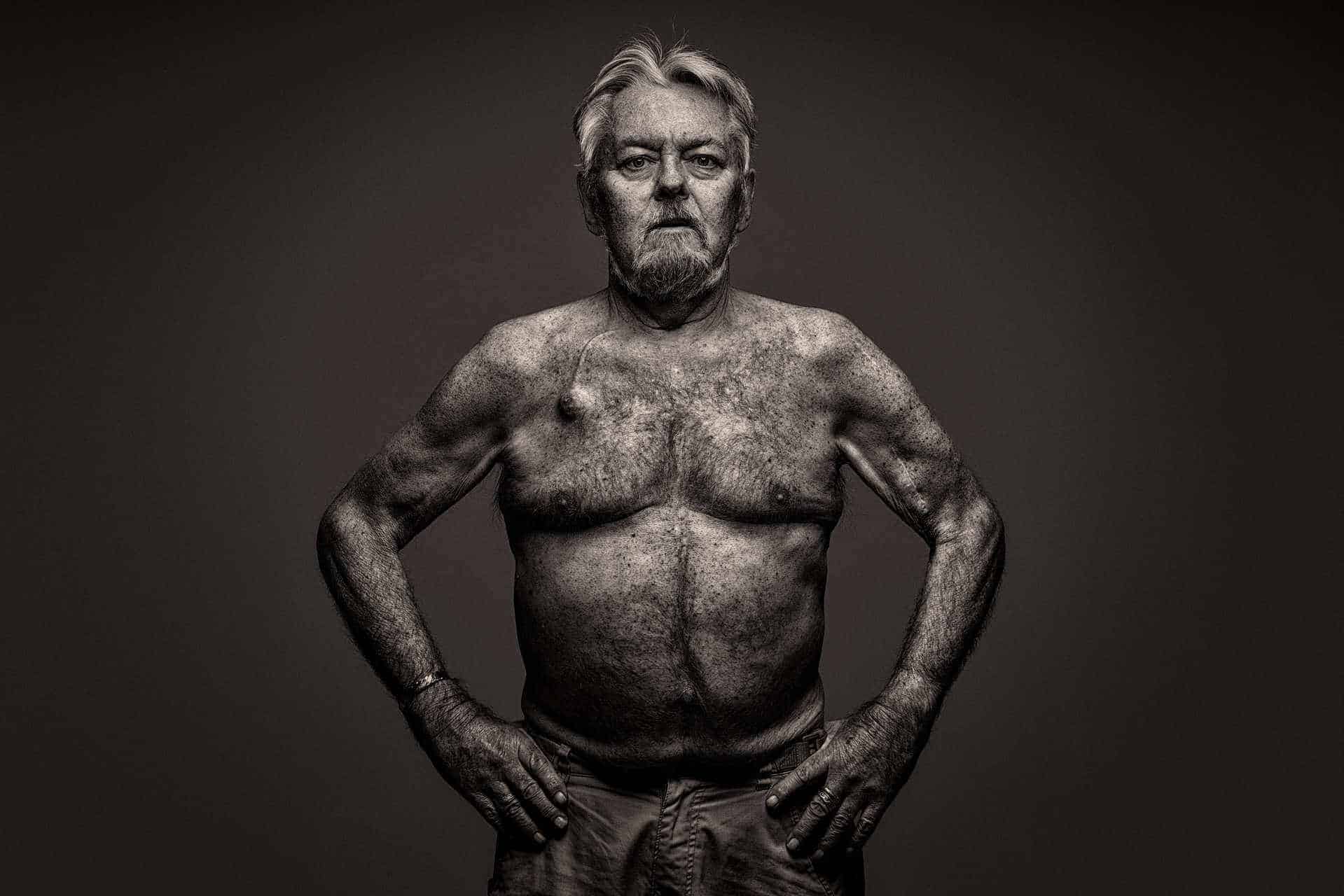


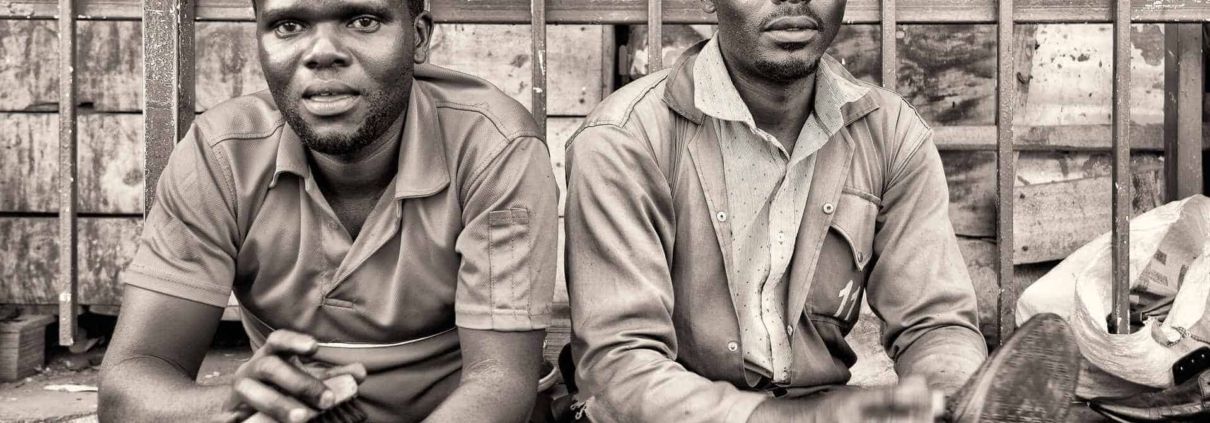 (c) Ilan Wittenberg
(c) Ilan Wittenberg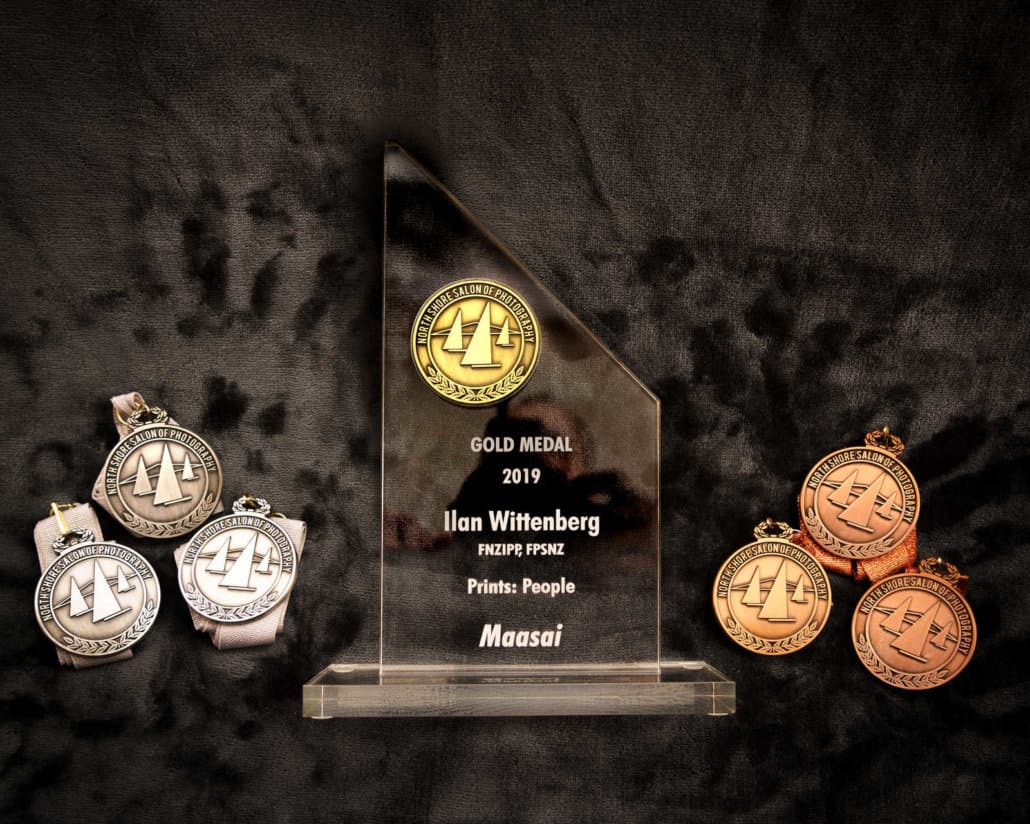
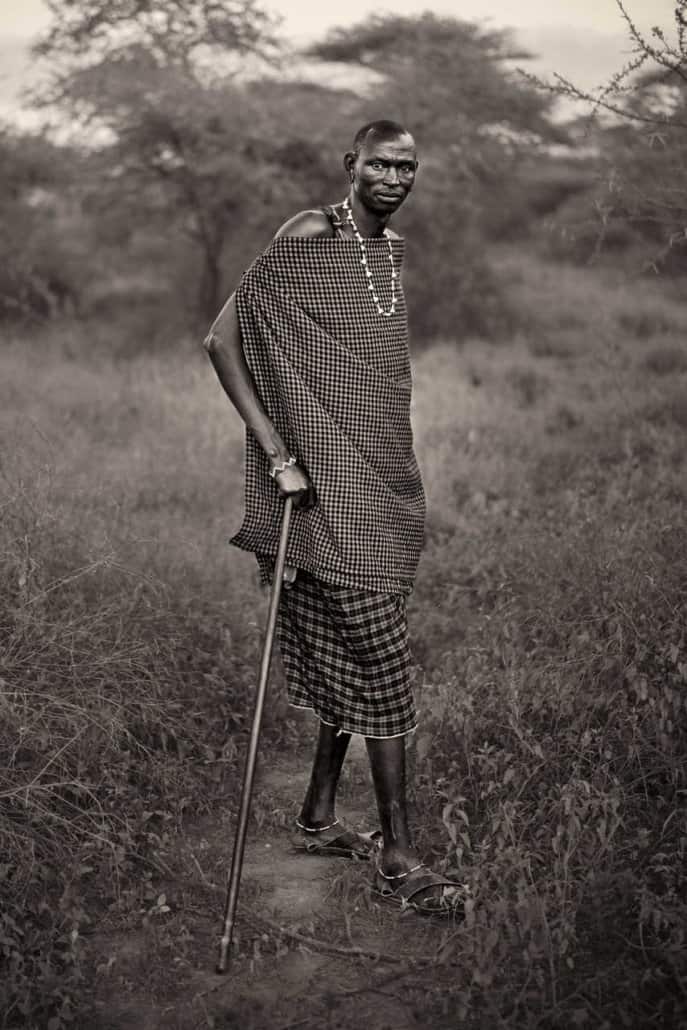


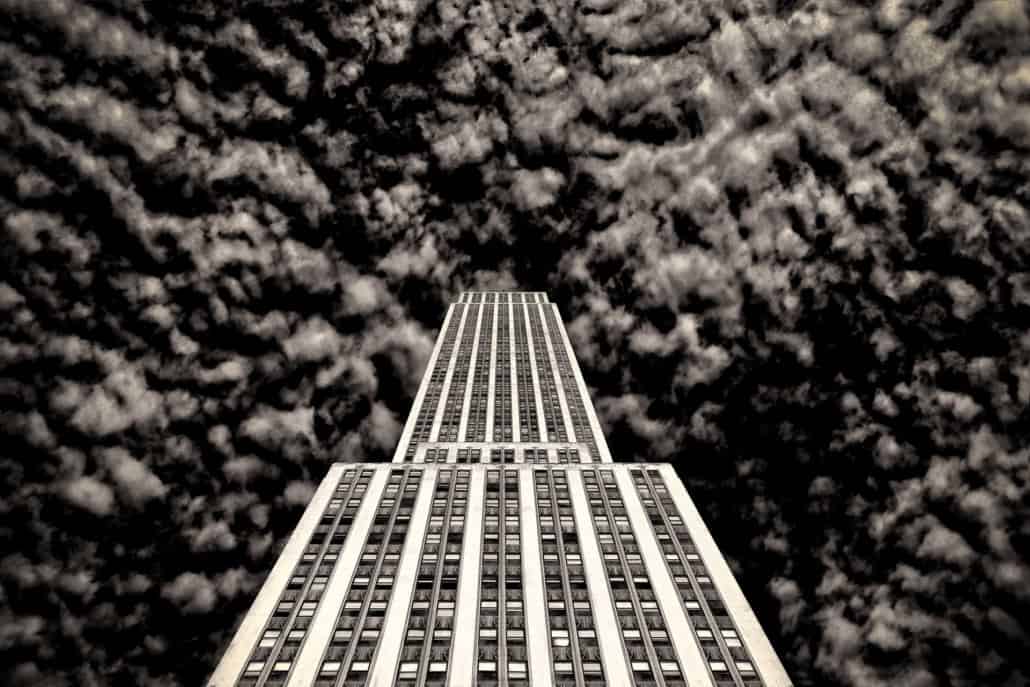
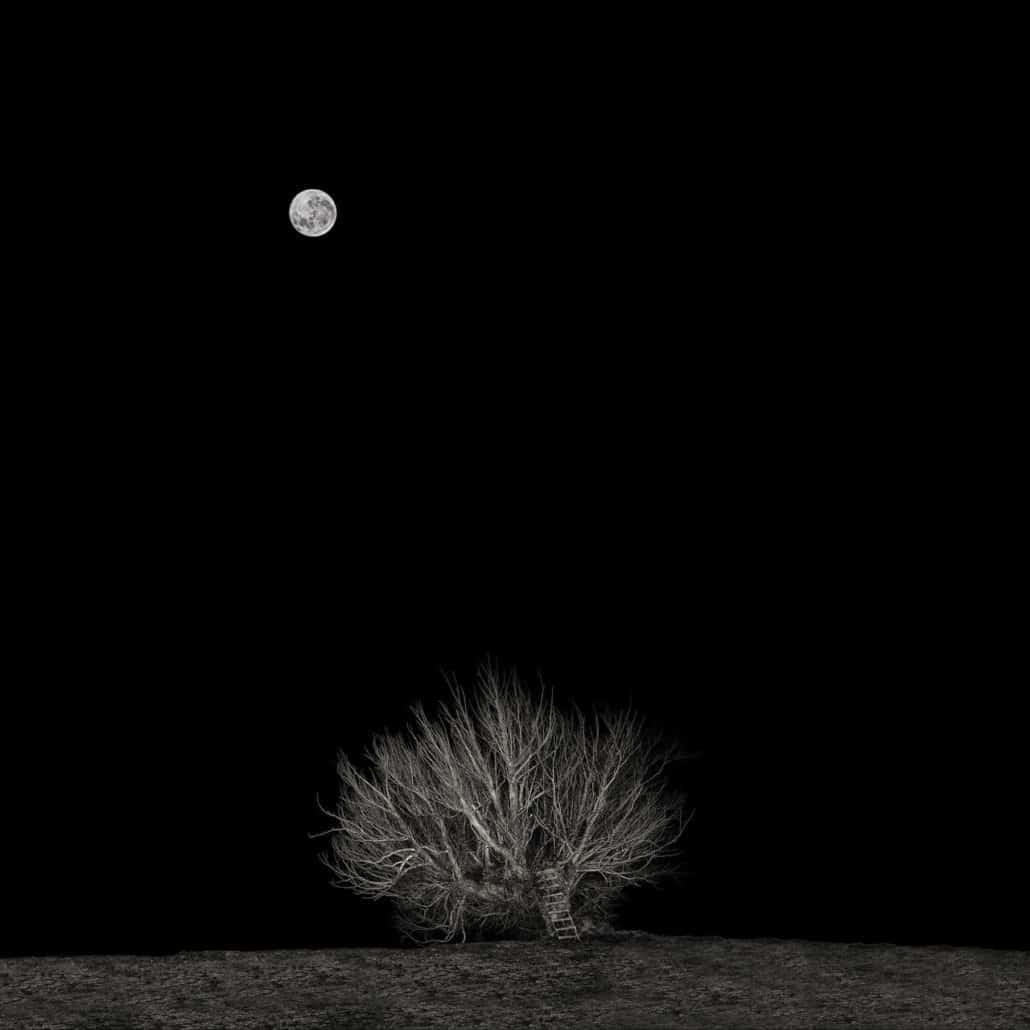

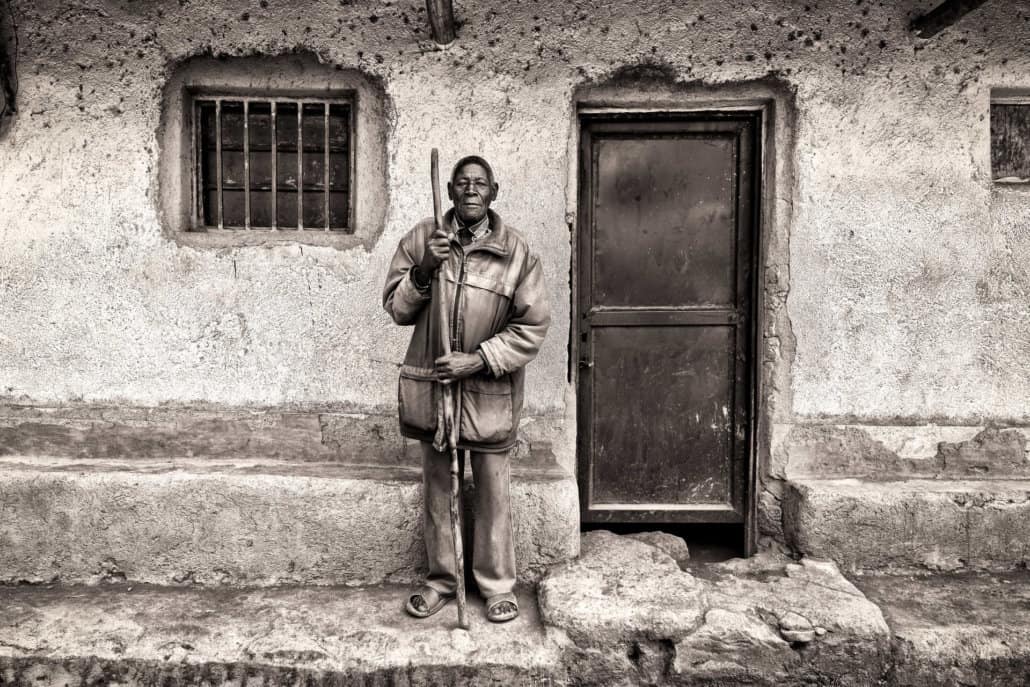
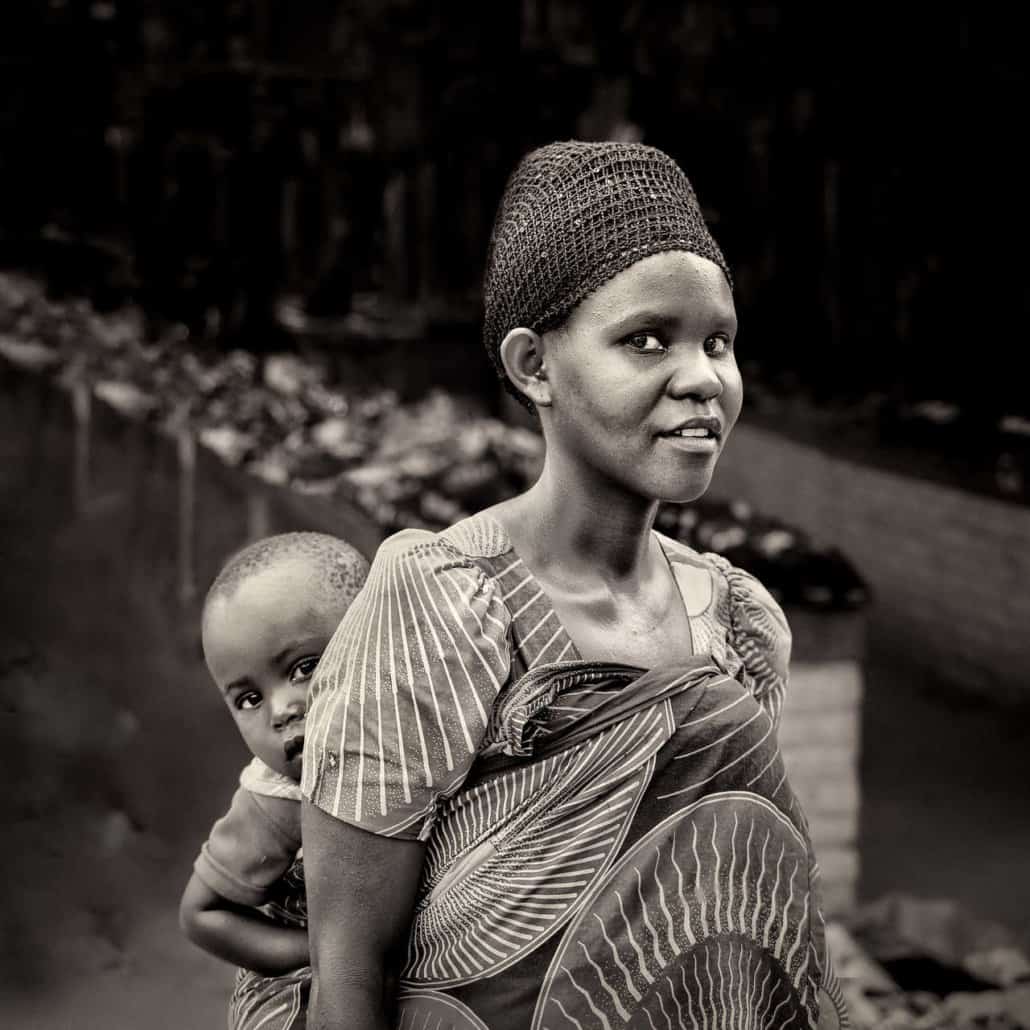

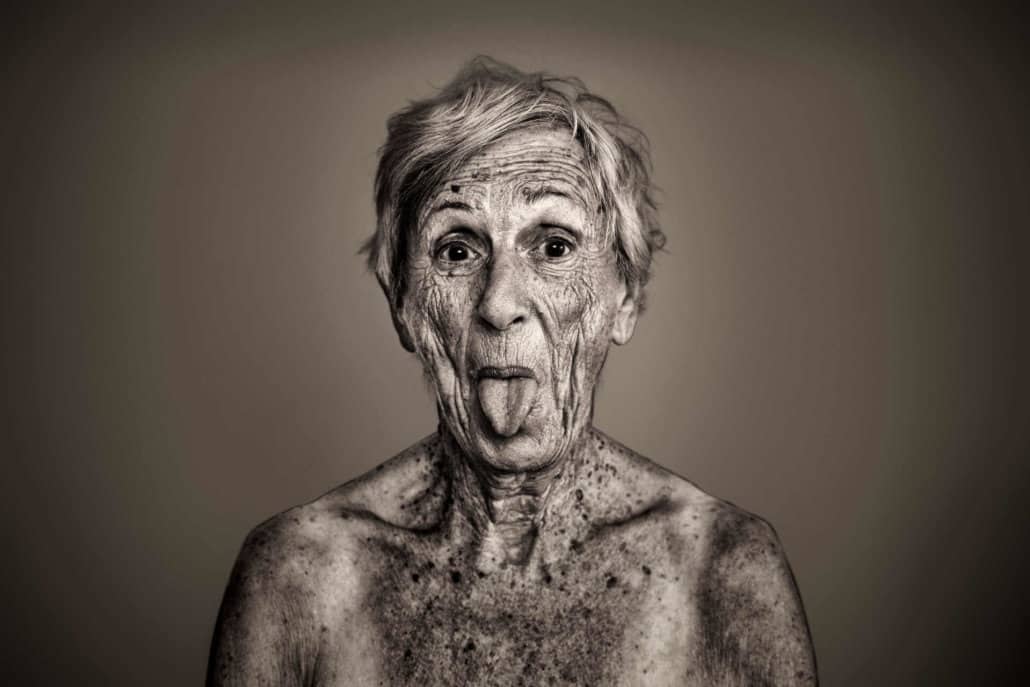
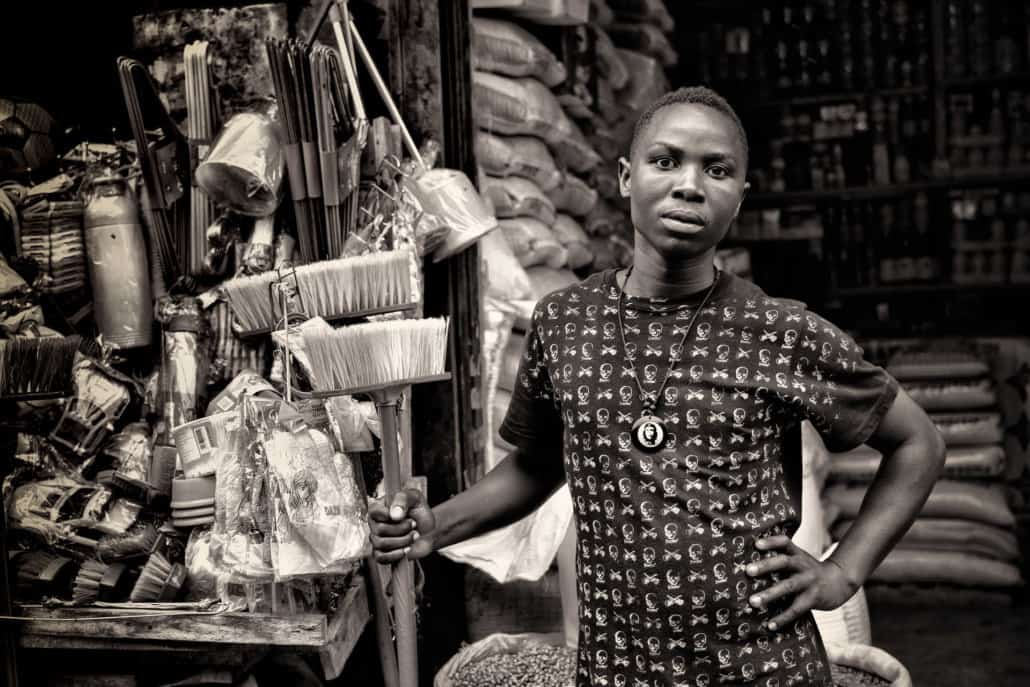
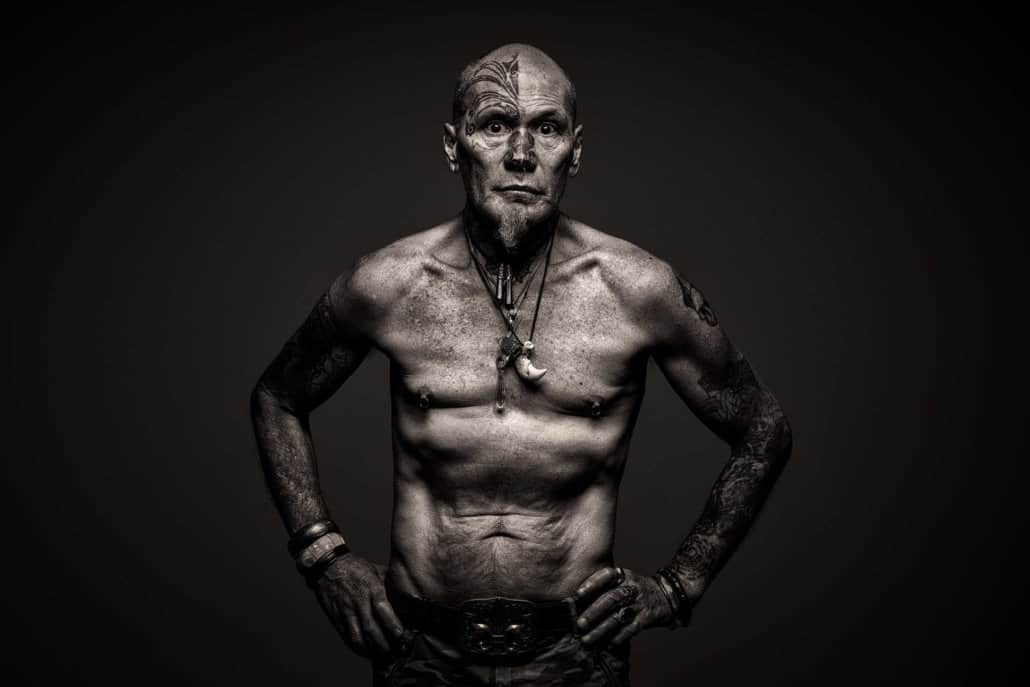

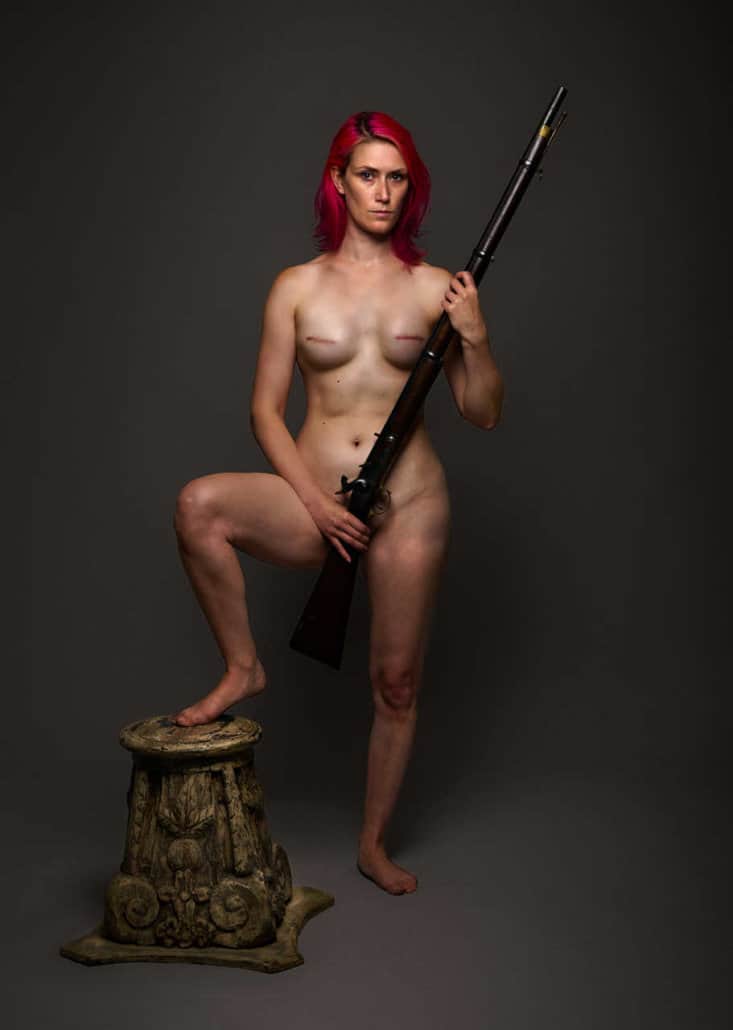
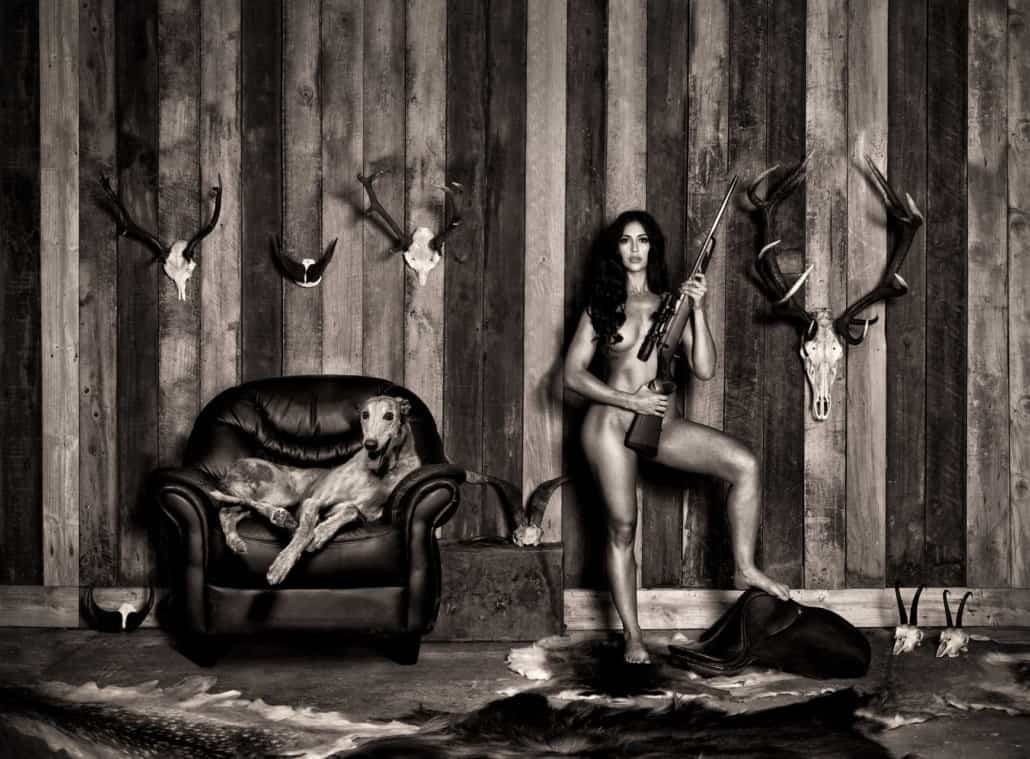
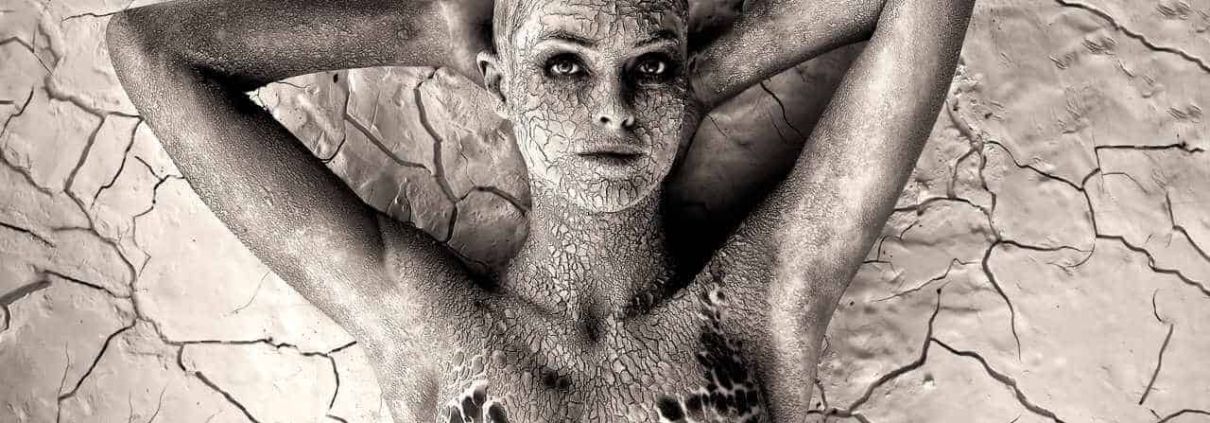 (c) Ilan Wittenberg
(c) Ilan Wittenberg (c) Ilan Wittenberg
(c) Ilan Wittenberg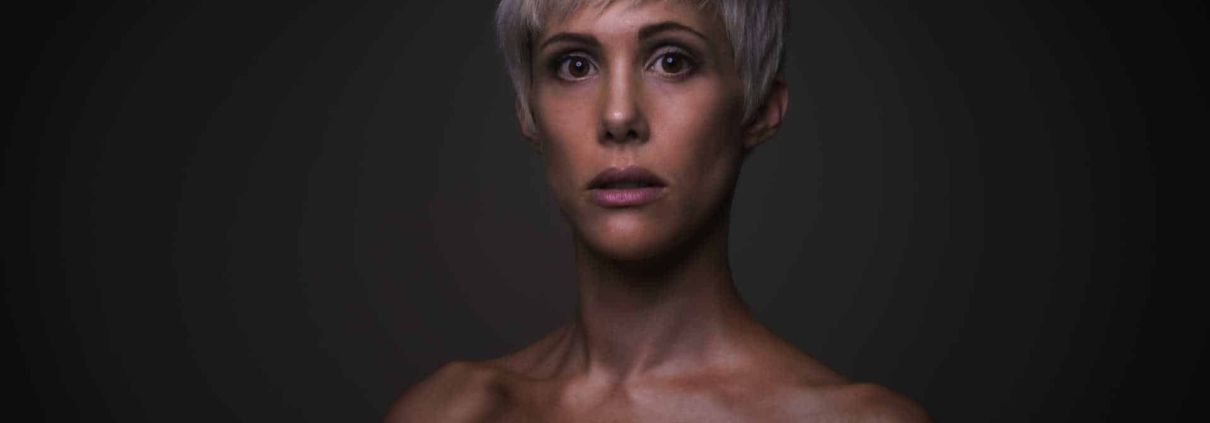 (c) Ilan Wittenberg
(c) Ilan Wittenberg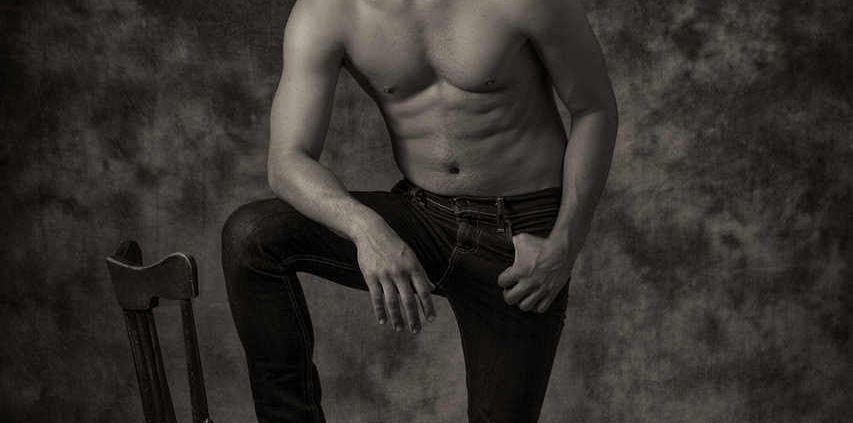 (c) Ilan Wittenberg
(c) Ilan Wittenberg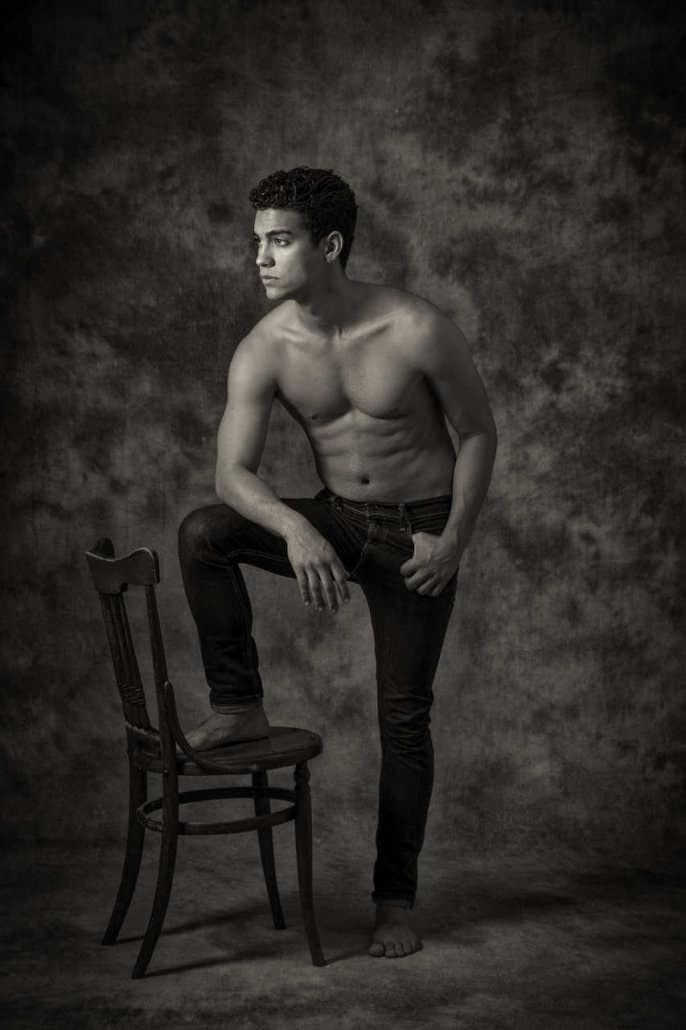
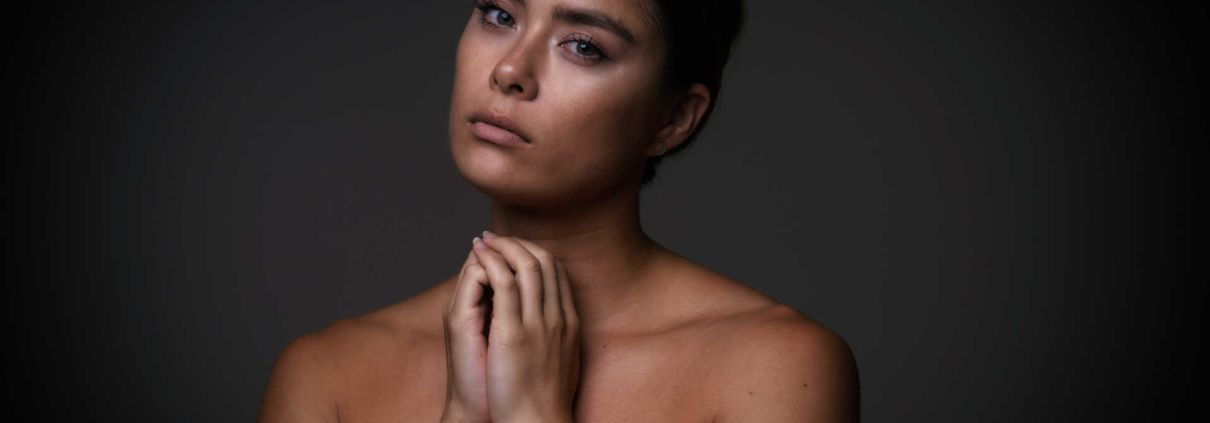 (c) Ilan Wittenberg
(c) Ilan Wittenberg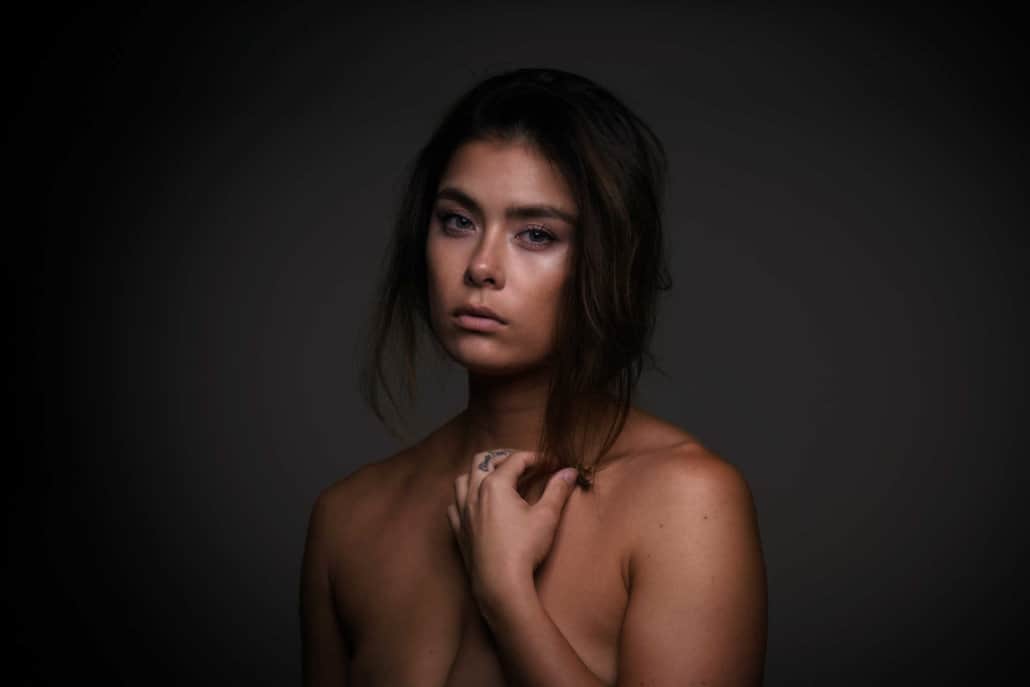
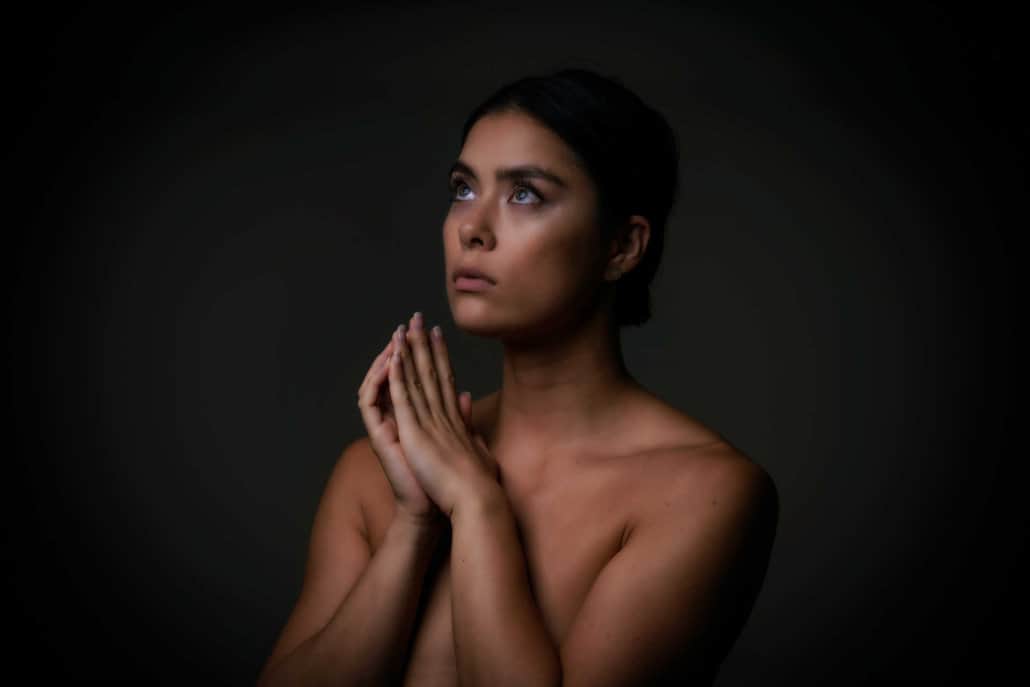
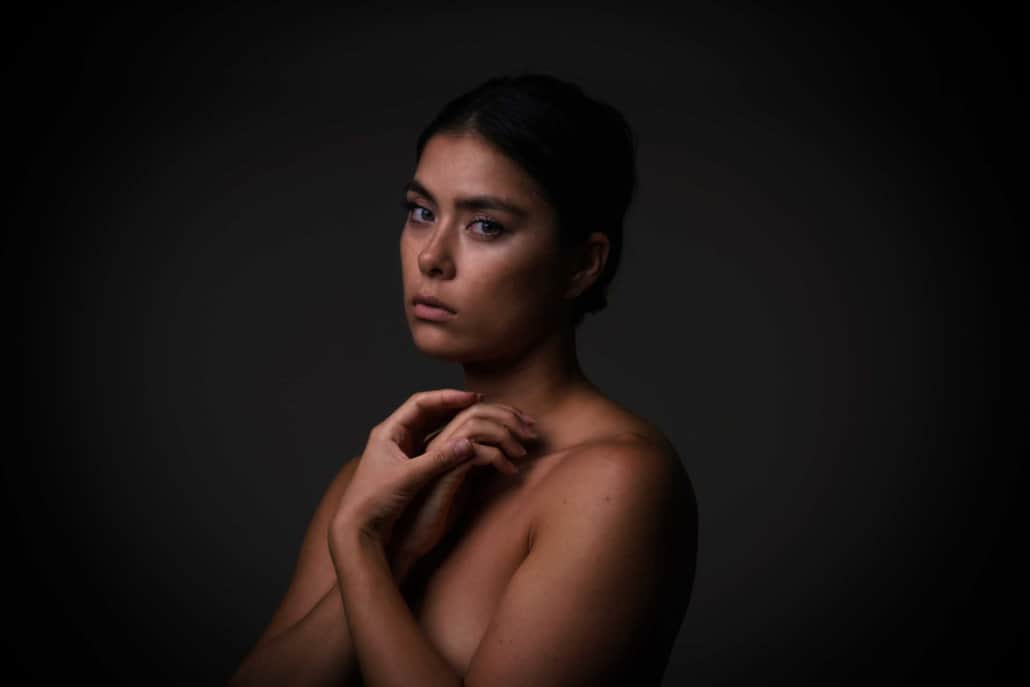

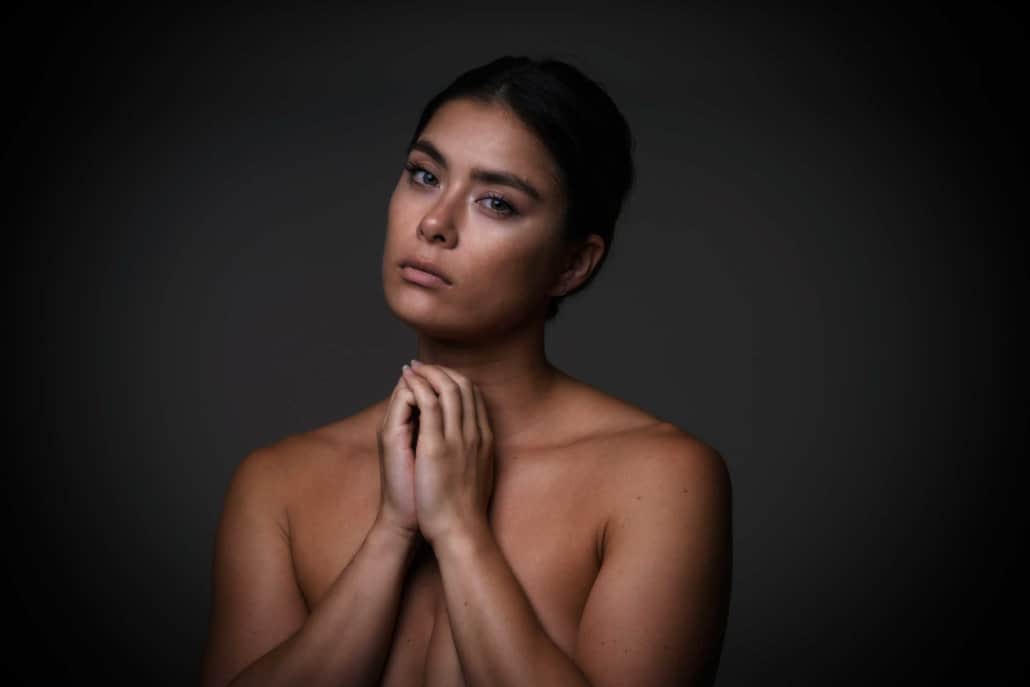
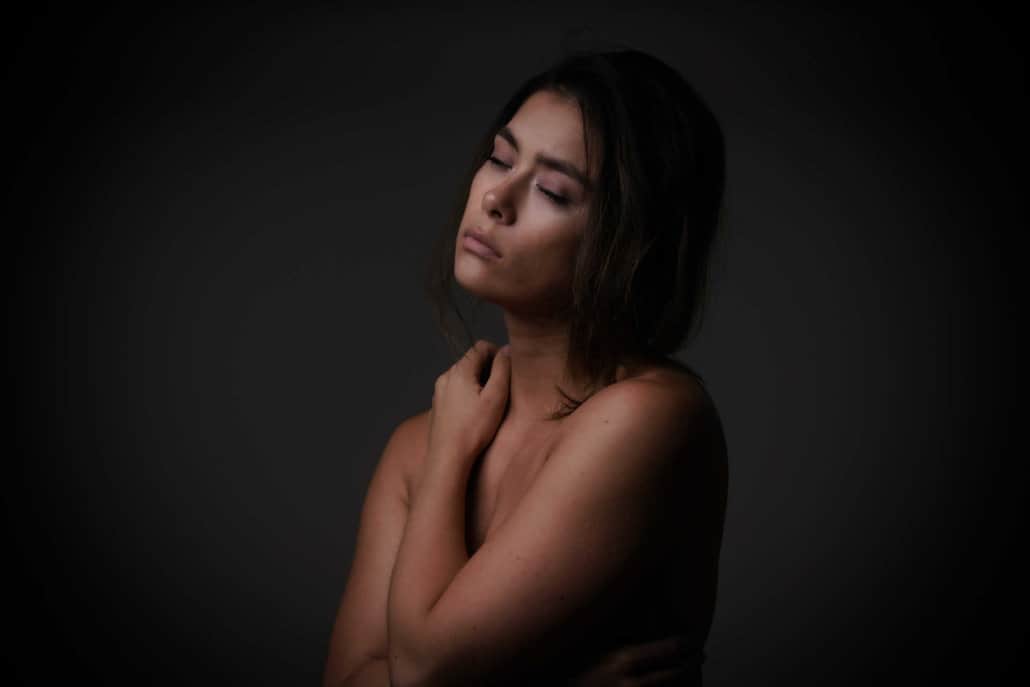
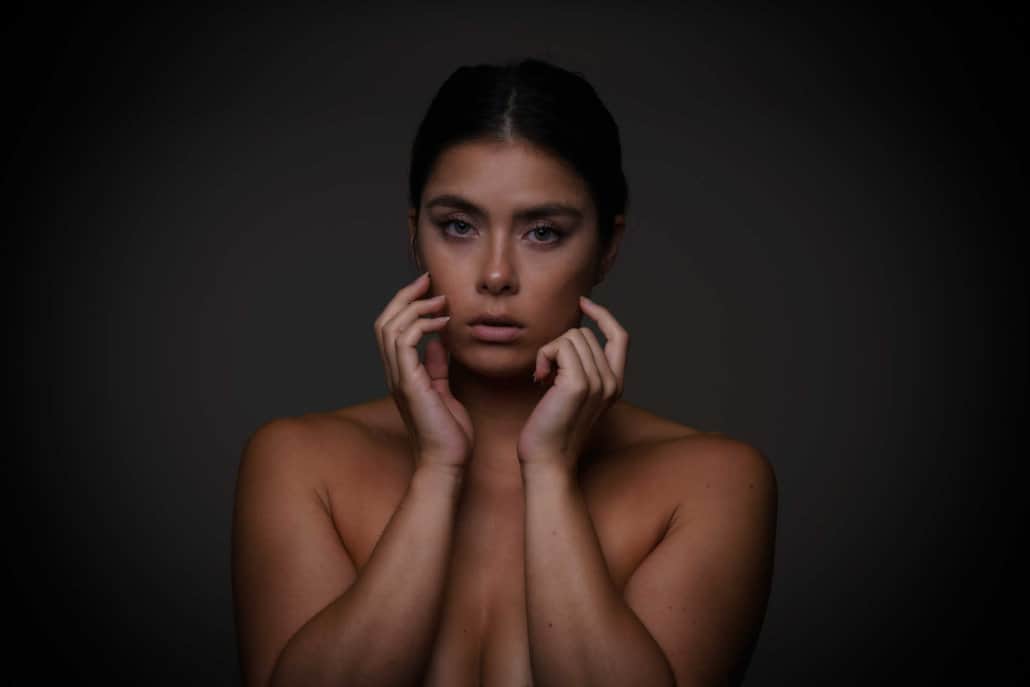
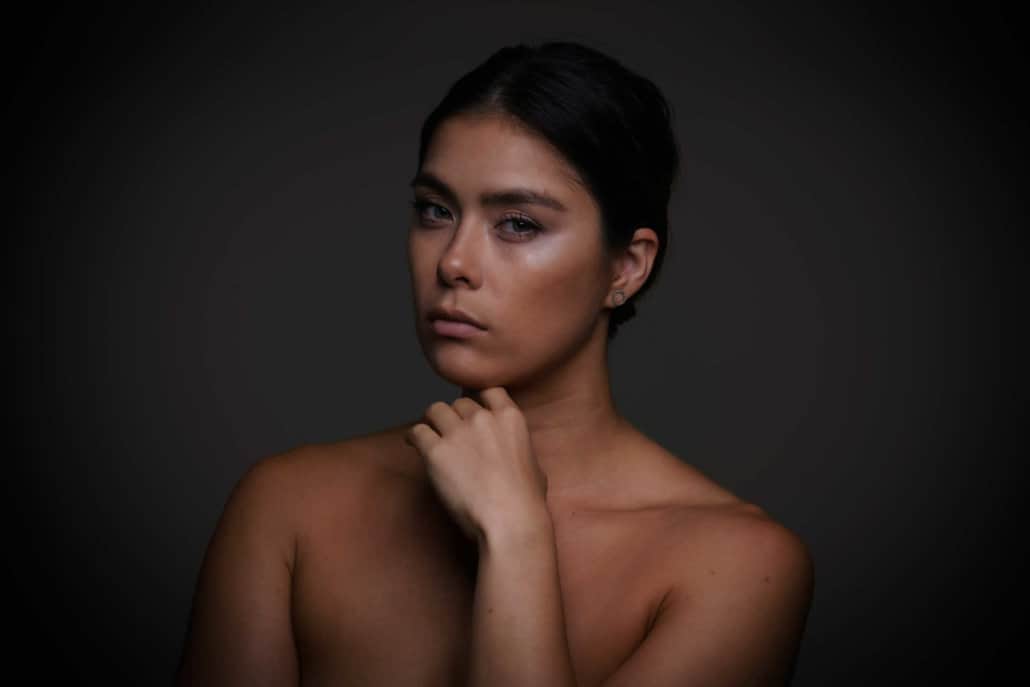
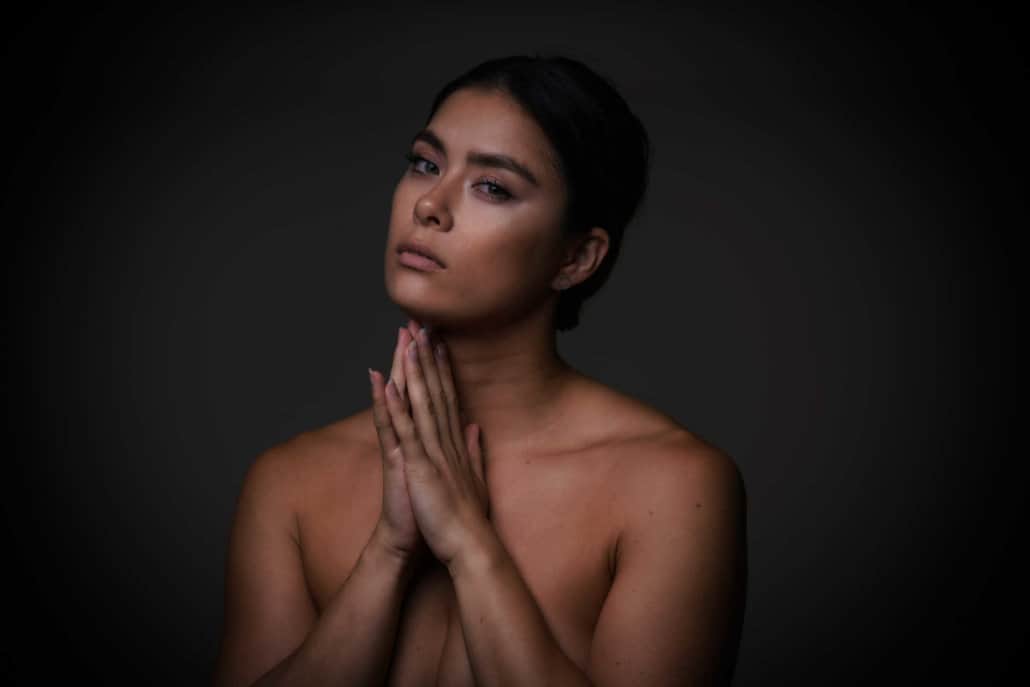
 (c) Ilan wittenberg
(c) Ilan wittenberg
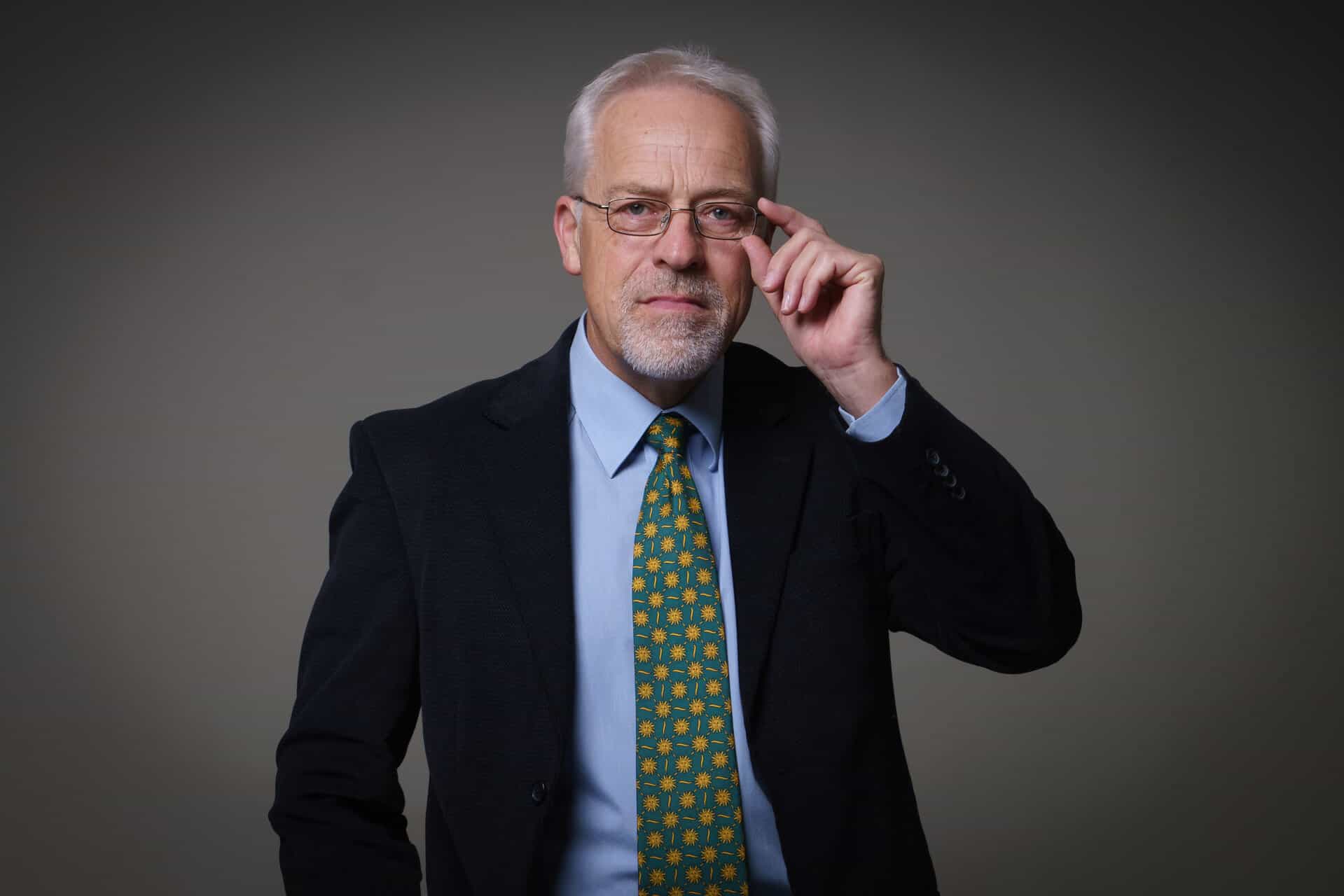
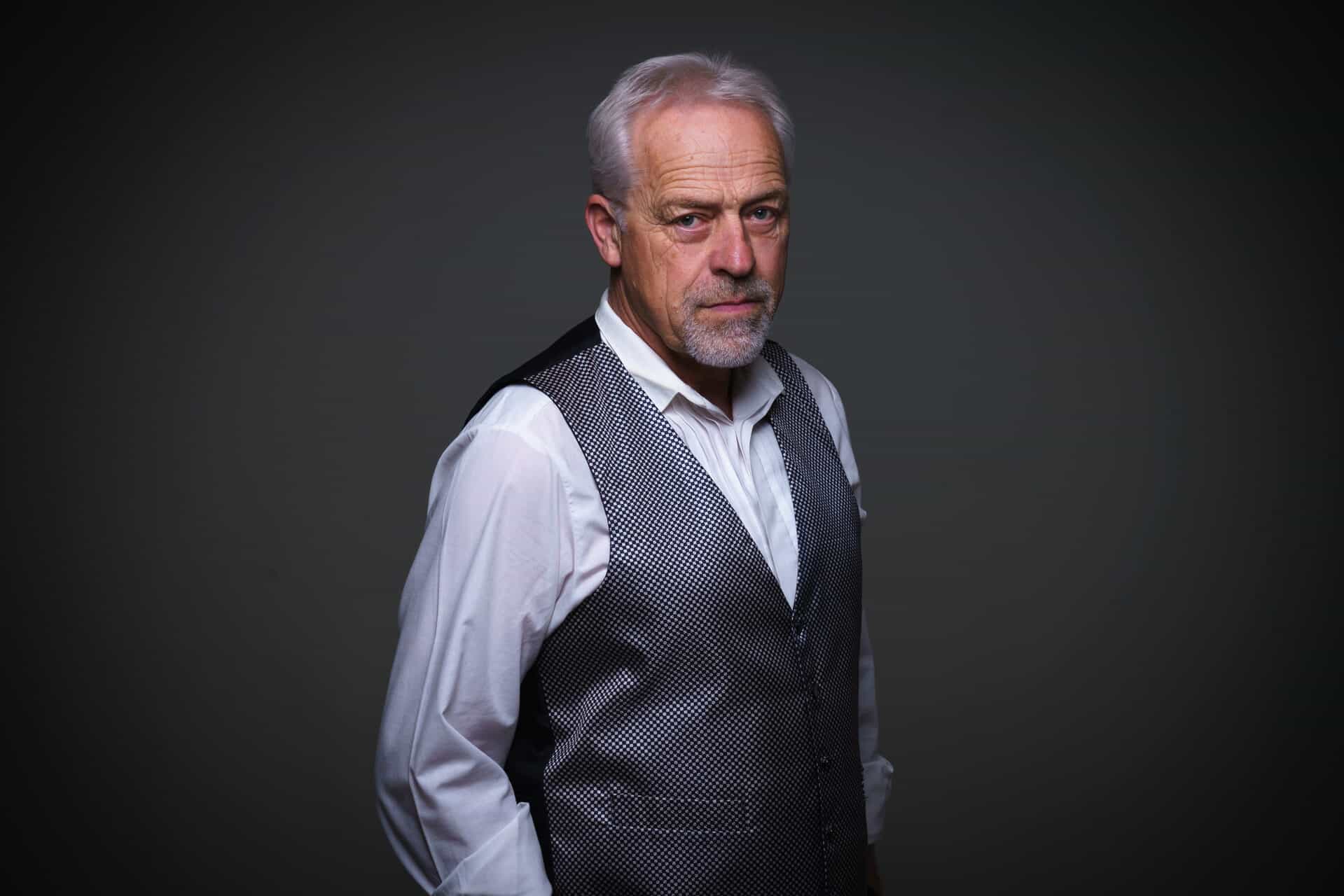

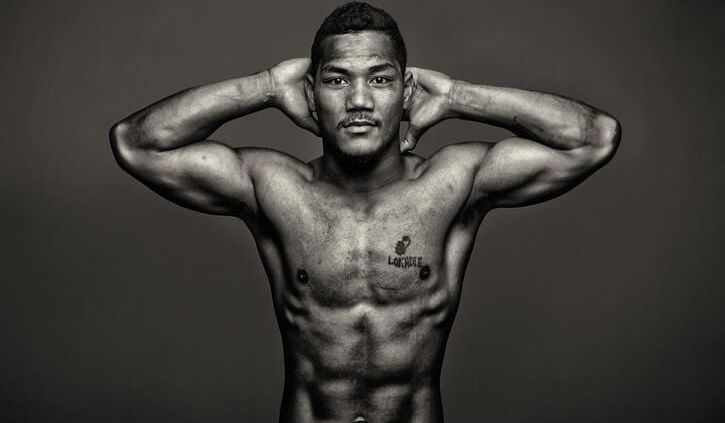
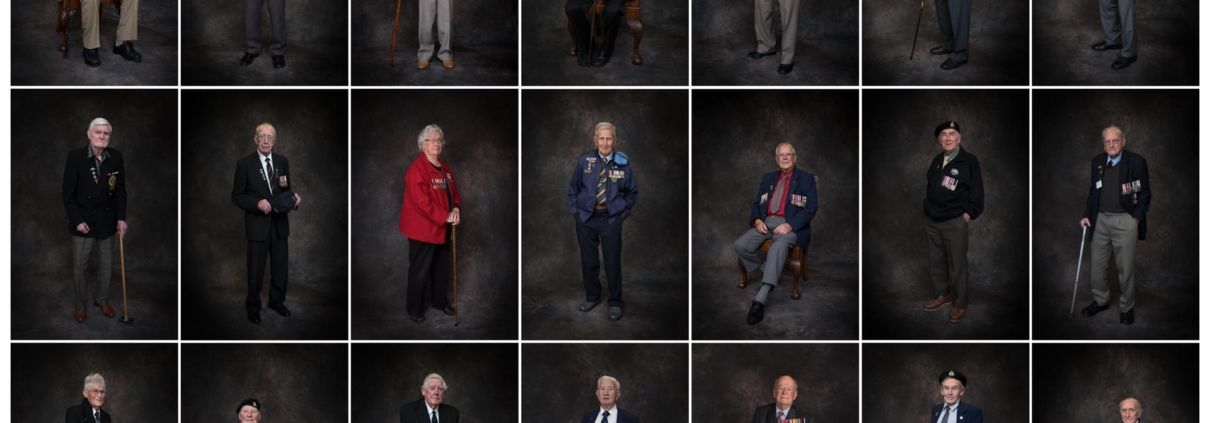 (c) Ilan Wittenberg
(c) Ilan Wittenberg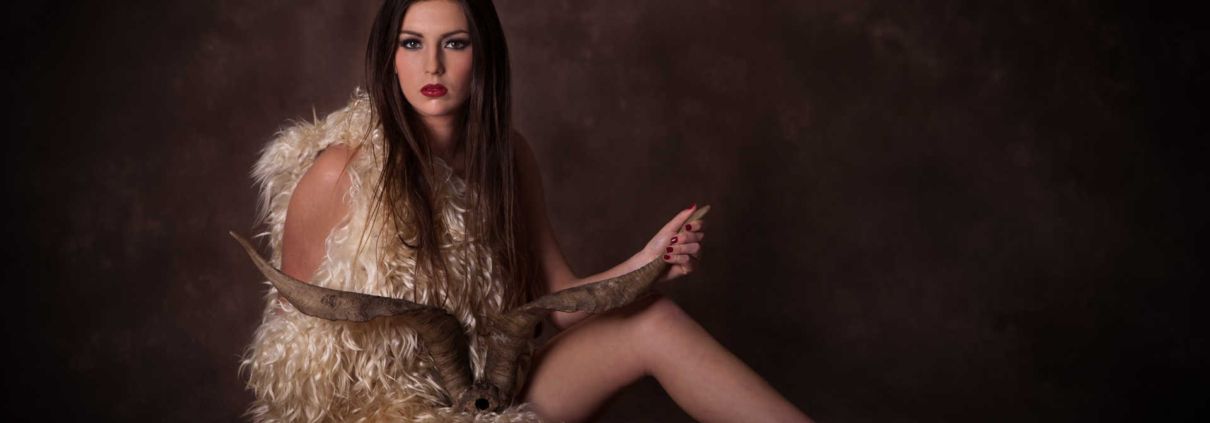
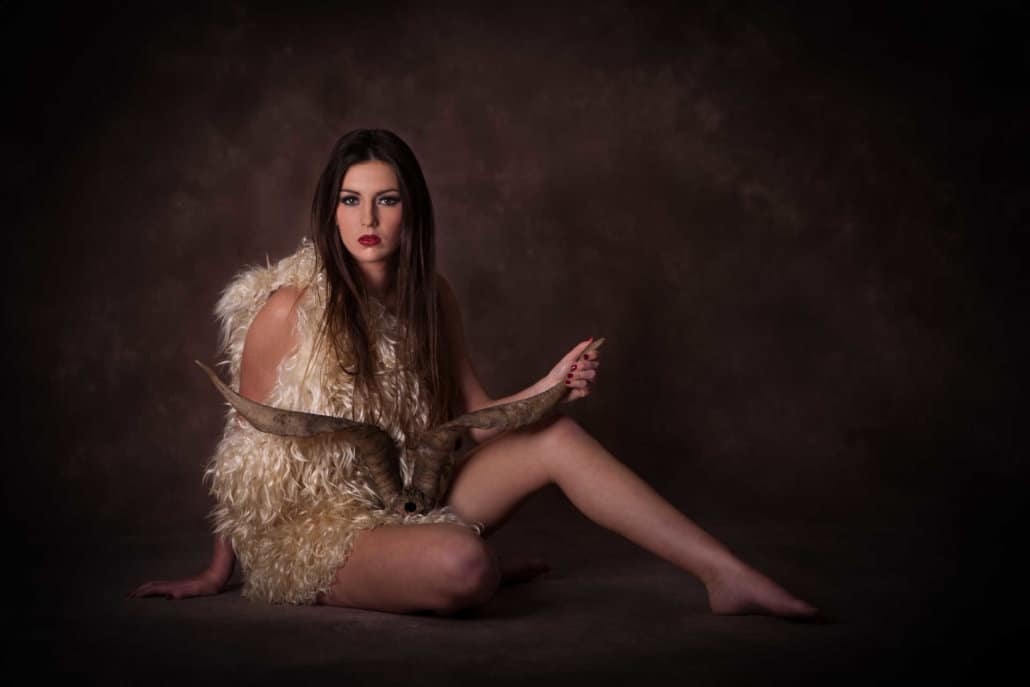
 (c) Ilan Wittenberg
(c) Ilan Wittenberg
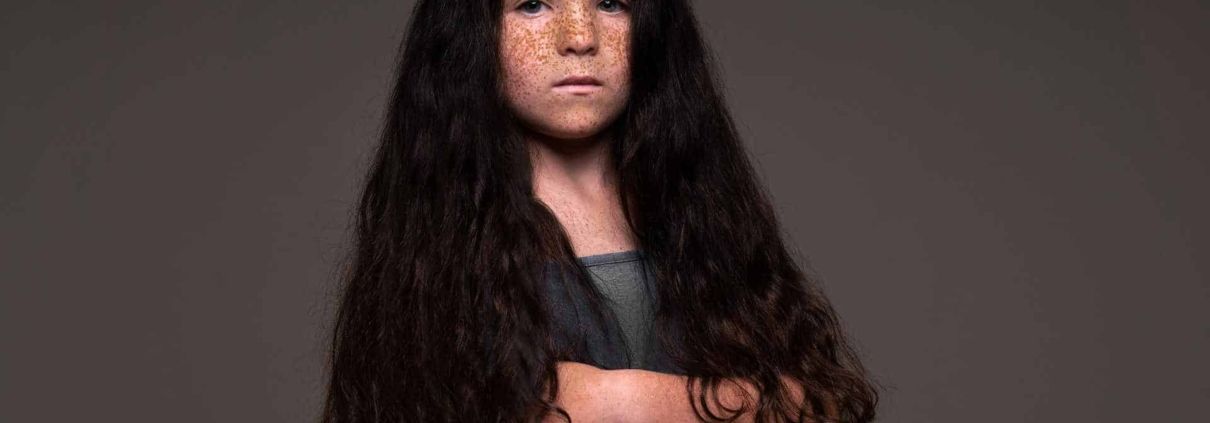
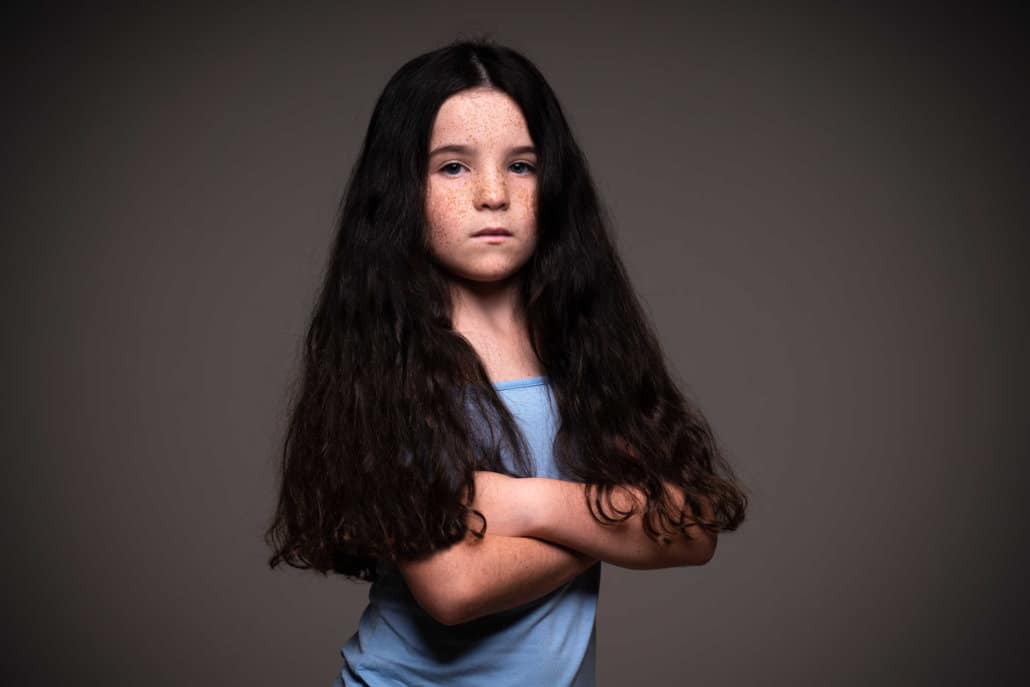
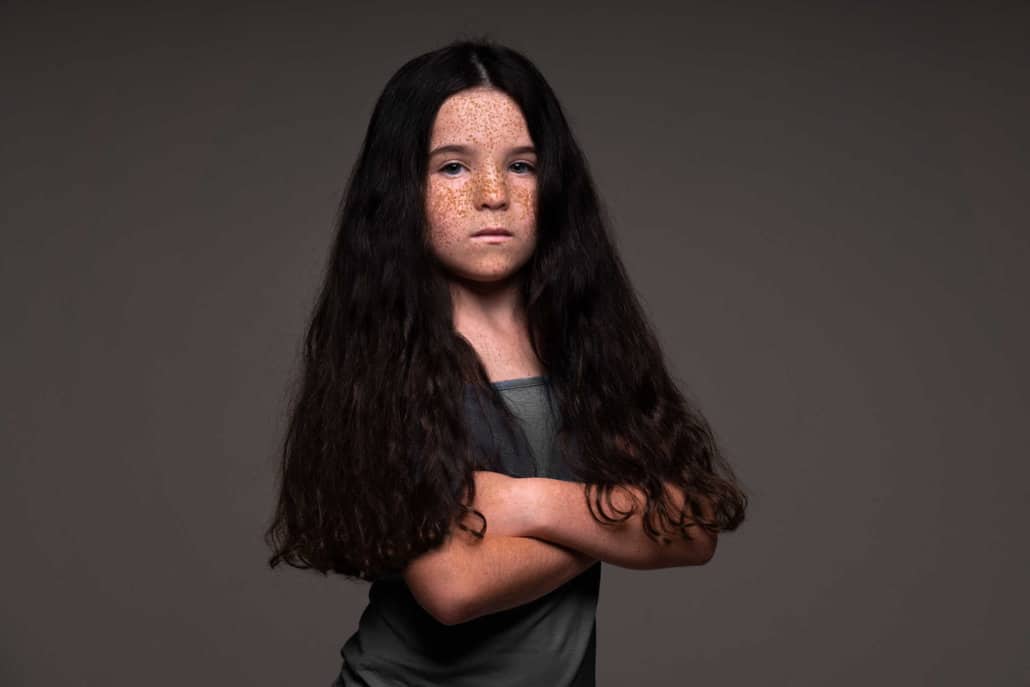
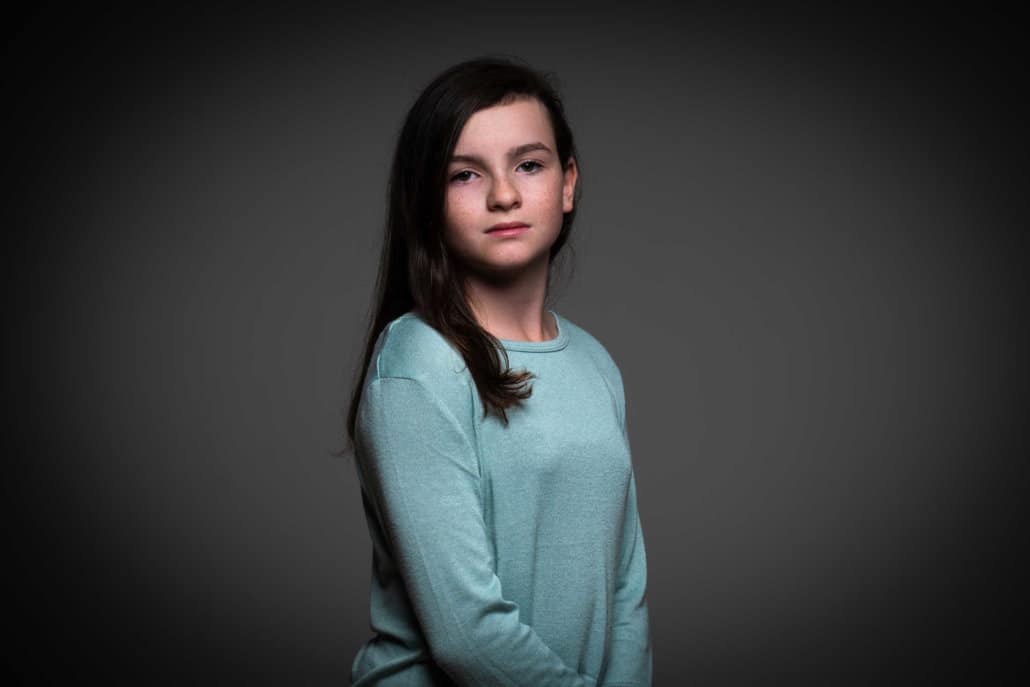
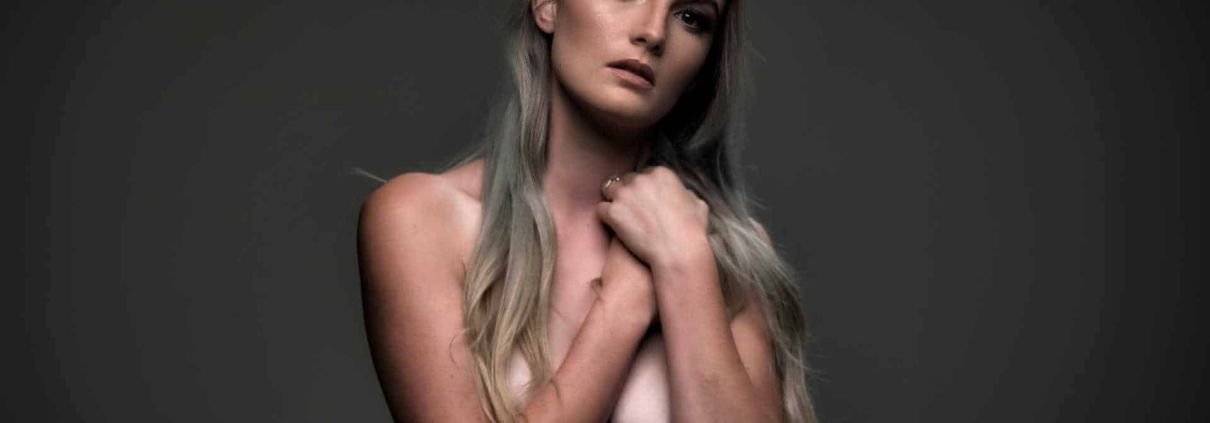
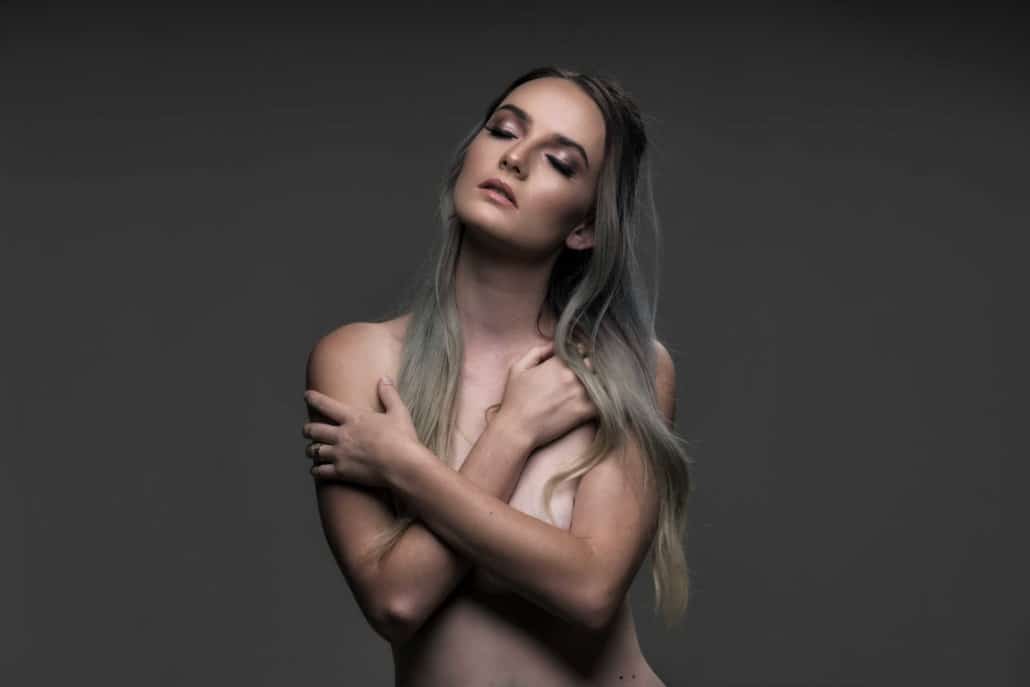


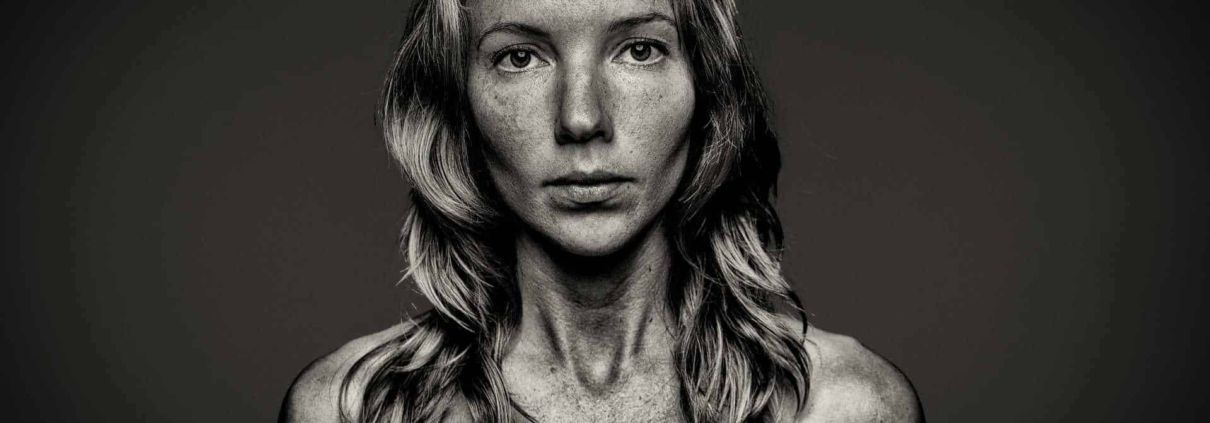 (c) Ilan Wittenberg
(c) Ilan Wittenberg